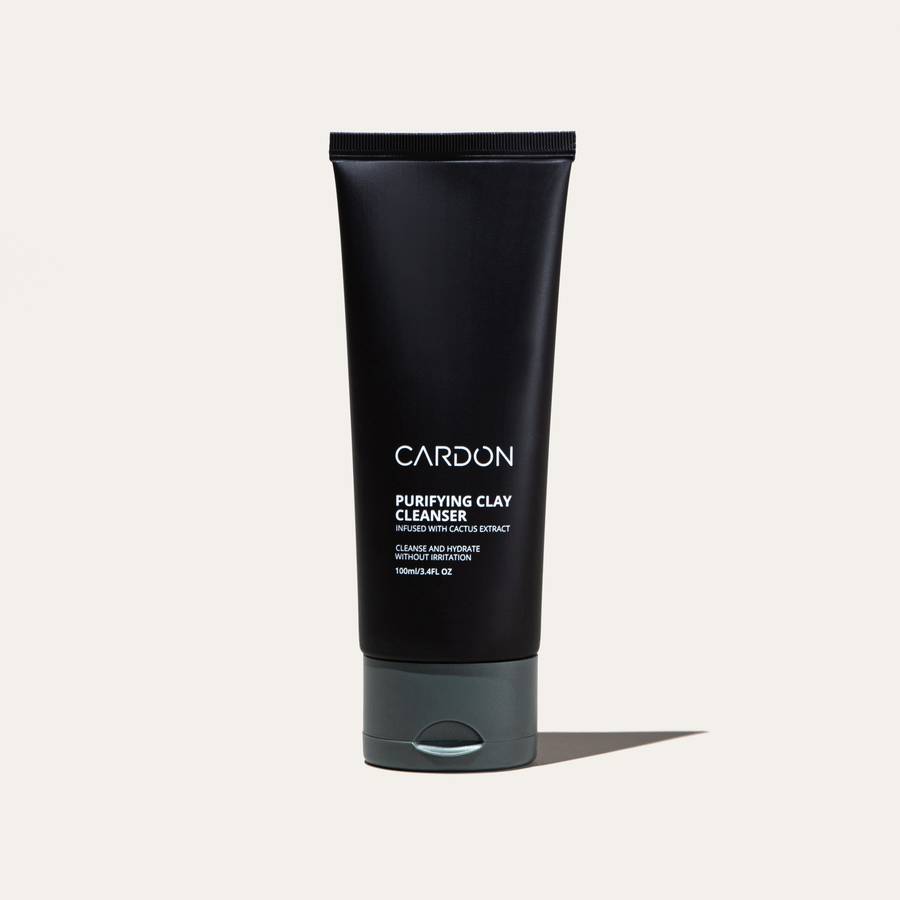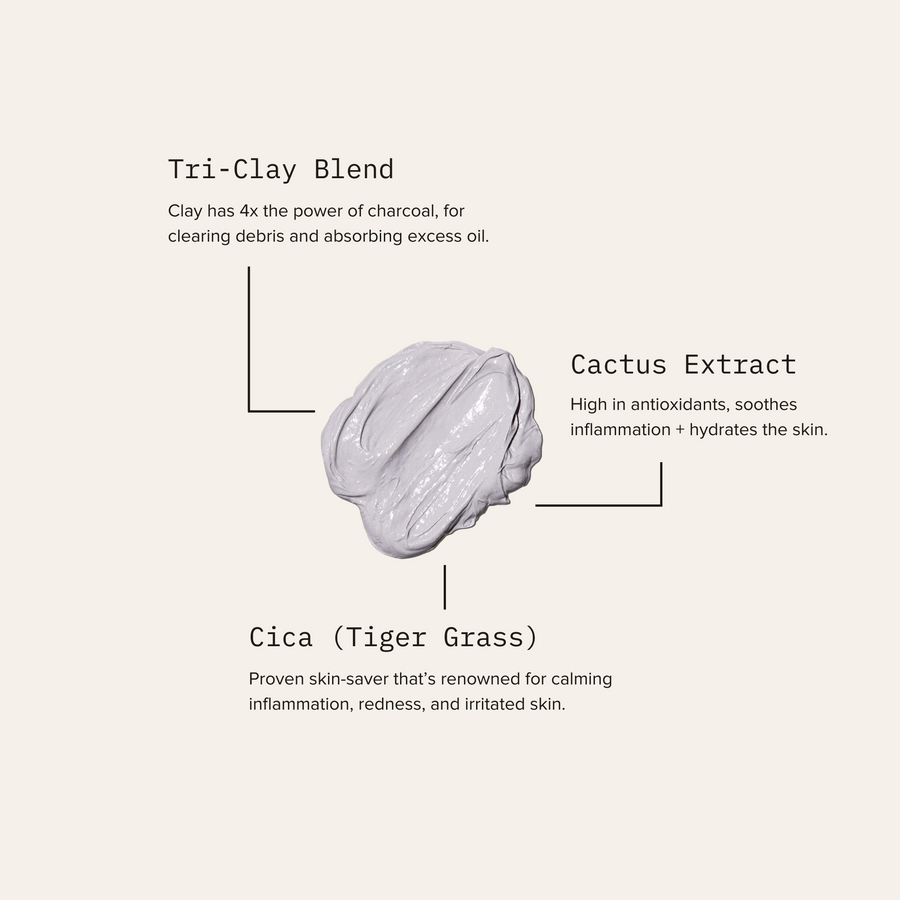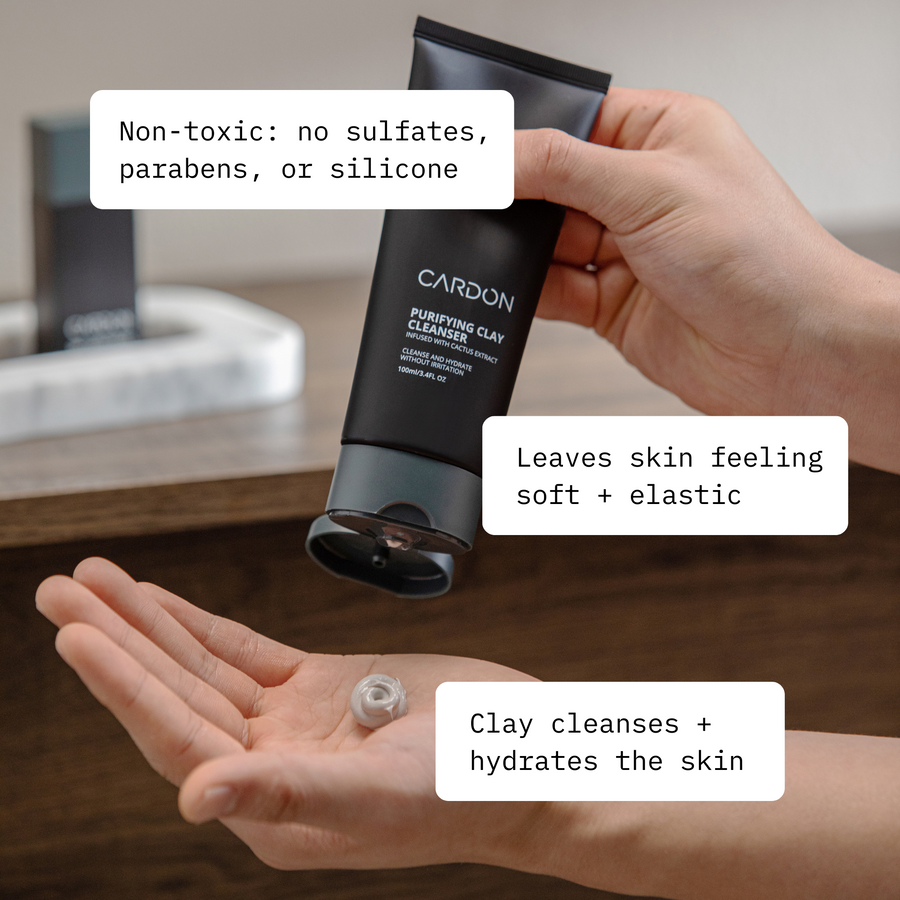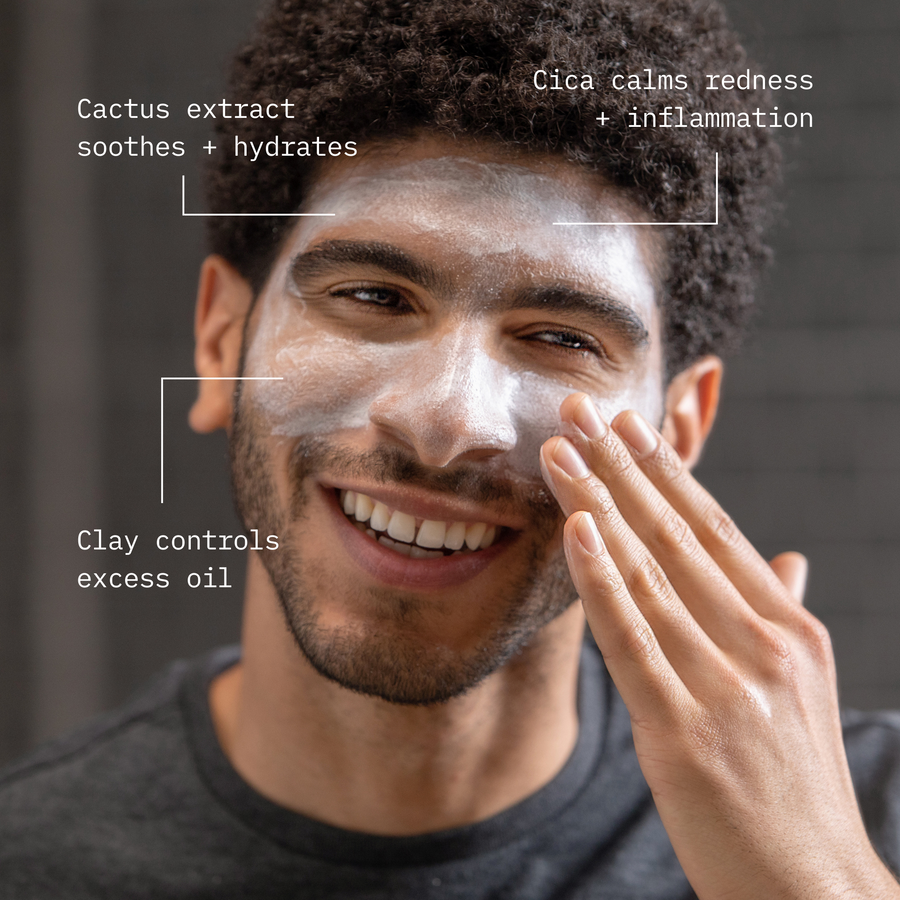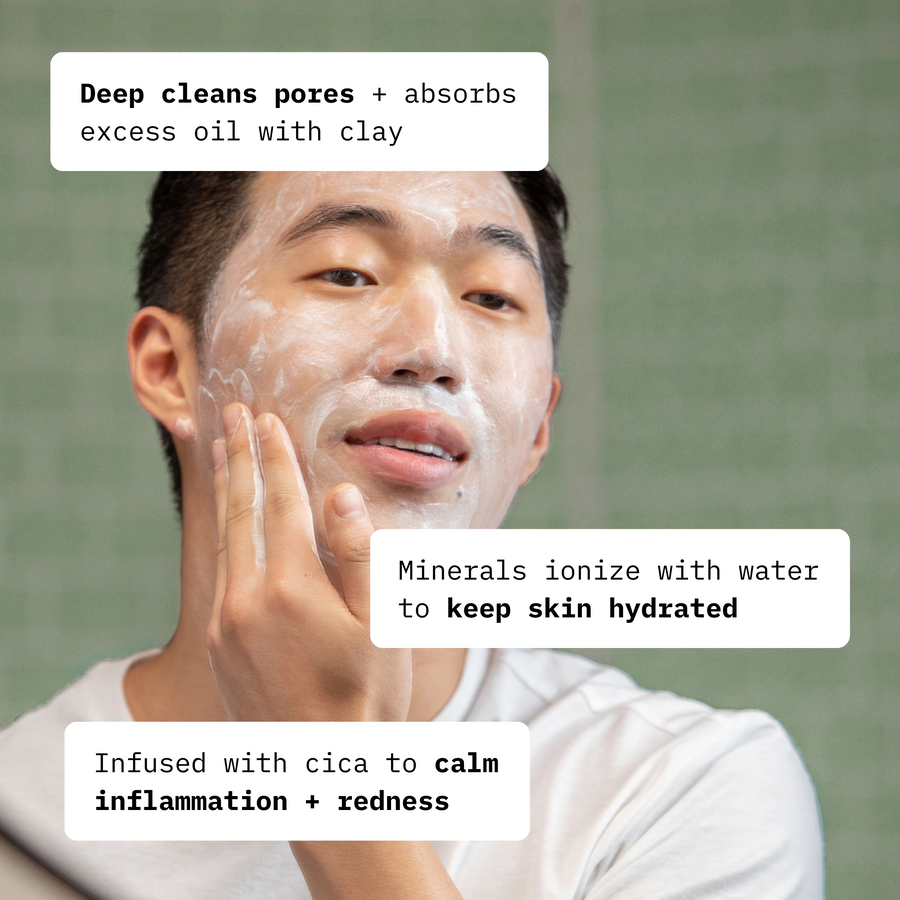What is an Acne Patch?
Instead of trying to pop a pimple, try an acne patch. Here’s how acne patches work to reduce agony and expedite healing, sometimes as quickly as overnight.
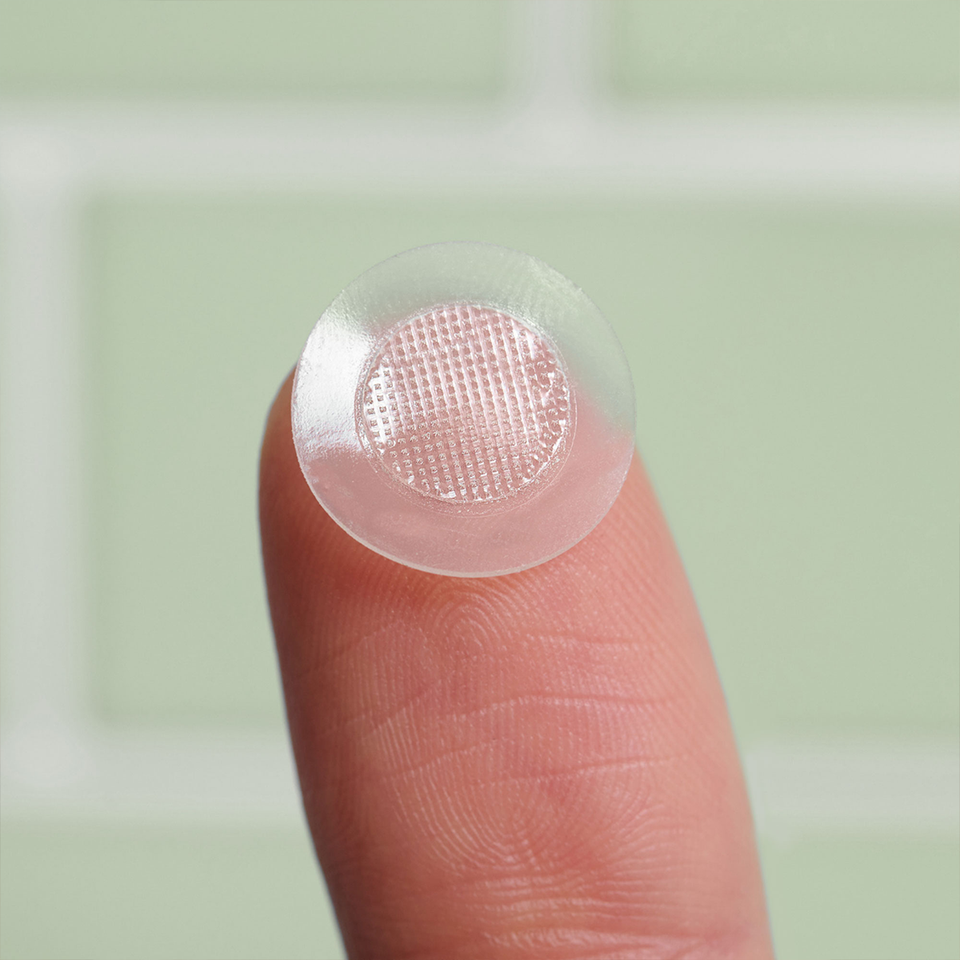
Acne Patches Explained: How a Sticker Can Reduce & Heal Blemishes
Instead of trying to pop a pimple, try an acne patch. Here’s how acne patches work to reduce agony and expedite healing, sometimes as quickly as overnight.
You know that moment when you can sense a pimple coming in? It’s a dreadful realization, that you might wake up or endure the day with a budding blemish. It’s also agonizing trying to decide whether or not you’re going to pop the pimple or wait for it to subside—because you know it’s going to leave a scar. You pray for some overnight miracle.
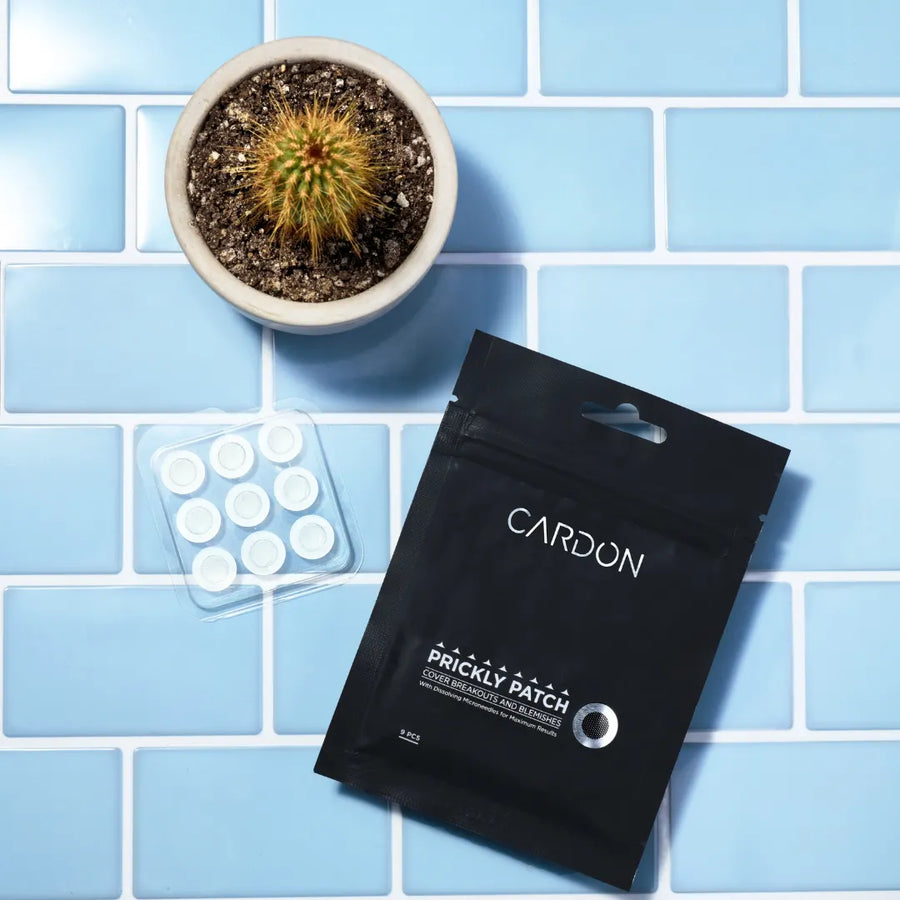

Good news, fellow zit-getters: That miracle does exist. There are a number of products we use in skincare to prevent or treat this situation, and none is as revolutionary as the acne patch. It’s a spot treatment solution that, at first sign of a breakout, you can apply and neutralize the blemish before it gets out of hand. Best of all, this can save you the stress of waiting for that pimple to heal and disappear (which can save you weeks and perhaps even months of added stress). And perhaps best of all, now you have the answer to “Should I just pop it?” No, you absolutely should not. Instead, just simply patch it.
So, what are acne patches, and how do acne patches work? Let’s do a deep dive—because that’s exactly what they do inside your skin.
What is an acne patch?
An acne patch has a sticky underside, like a bandaid, and it adheres to your skin. On this underside is a concentration of ingredients that then seep into your pore and target the blemish.
Depending on the ingredients, this patch can do any combination of things:
Flush grime and dead cells out of pores
Neutralize bacteria that causes breakouts
Reduce inflammation
Calm and soothe skin
Promote healing and recovery
You can use acne patches at the first sign of a blemish, or even on stubborn pimples that just won’t go away easily. (Please try to avoid popping or pressing them; they can grow even more agitated and cause deep-tissue damage to the skin, thus extending the recovery by weeks).
The reason acne patches are growing rapidly in popularity of late is because of a recent innovation: microneedles (which sound much scarier than they actually are). Microneedles give the underside of the patch a rigid texture, and they ever so subtly penetrate the layer of the skin upon application (it’s as harmless as touching sandpaper, honestly), and they allow the ingredients to seep deeper into the skin for more corrective, immediate benefit. However, that immediacy is relative: You typically wear an acne patch overnight, or for 6-8 hours, in order for it to deliver its high-concentration, steady-release powers into the zit. Often, when paired with a restful night’s sleep, this can yield an overnight disappearing-act miracle.
To pop or not to pop
Why You Shouldn't Pop a Pimple
Simply put, popping a pimple can cause permanent scarring or long-term dark spots on the skin. Sometimes, it can even trap some of the remaining debris and form an even more stubborn cocoon for the sebum. The damage from popping and pressing on skin can run deep beneath the skin, hence this long-term damage. Along with acne patches and other spot treatments, there are a number of products and solutions to help shrink and temper breakouts that don’t involve popping. Your next best option after acne patches and spot treatments is to visit the dermatologist and get a steroid injection in the area; it should resolve matters somewhat quickly. (Save that tidbit for your wedding day or a big date night, if you’re otherwise too bothered by the blemish.)
What are the Best Acne Patch Ingredients?
A good acne patch focuses on lessening the impact of a blemish, as well as healing the area, and so it must utilize different ingredients for each of the following three tasks.
1. Unclogging Pores
In order for an acne patch to be effective, it must first and foremost deploy a corrective ingredient—something that targets the problem area. In this case, it’s usually a clogged pore. One of the most common and efficient ingredients for unclogging pores is salicylic acid. (It is also the hero ingredient in Cardon’s Prickly Patch Acne Patches.) Salicylic acid helps dissolve dead skin cells and sebum, both of which are largely responsible for backed-up pores (and thus breakouts). Other common neutralizing ingredients include tea tree oil and hydrocolloid.
2. Reducing Inflammation
The patch should also include anti-inflammatory ingredients to help decrease swelling and irritation, and thus restore skin to its stasis. There are dozens of options here, but Cardon’s favorites include niacinamide, willow bark extract, and cactus extract, all of which aim to soothe irritation and any other superficial side effects of the pimple itself.
3. Reparative Ingredients
The acne patch must also focus on healing and recovery. Part of this comes from the soothing ingredients in the previous task, like willow bark extract and cactus extract. But it can deploy hydrating ingredients such as hyaluronic acid (which boosts and preserves the moisture levels in skin), as well as skin-brightening ones like niacinamide (a true workhorse, in that it fights inflammation and promotes healing) as well as centella asiatica. This combination of ingredients ensures that repair happens before it’s too late: You’ll be far likelier to have a lingering dark mark on the skin, or any other remnant of the breakout.
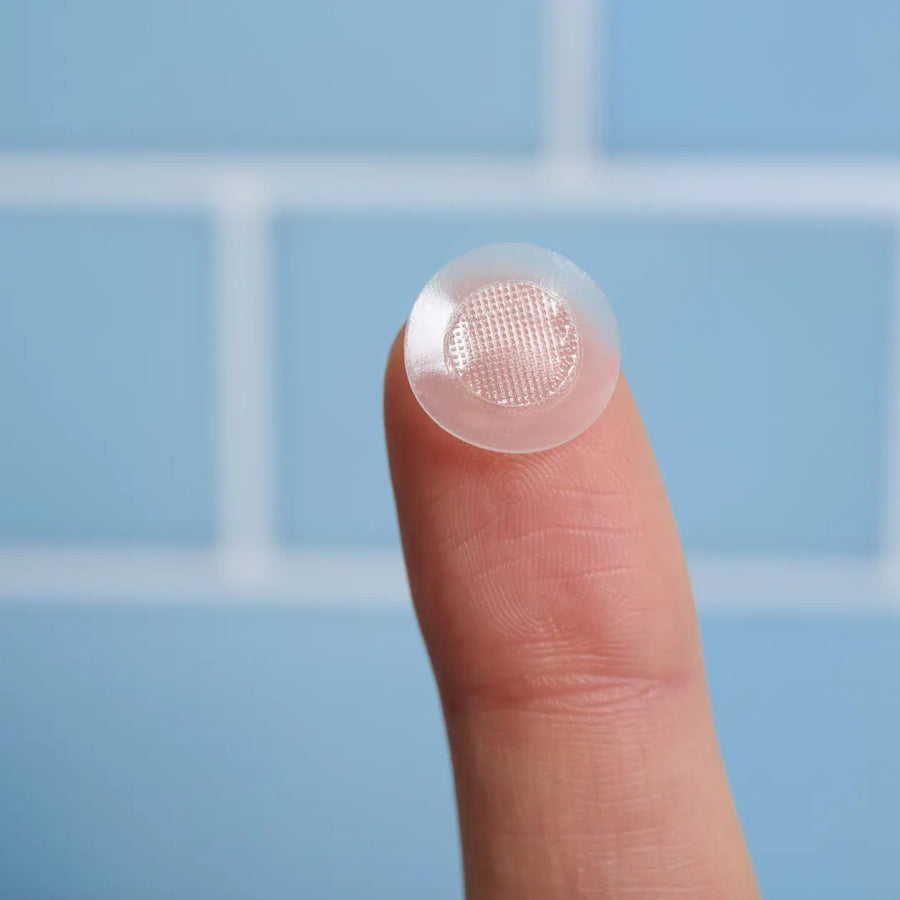

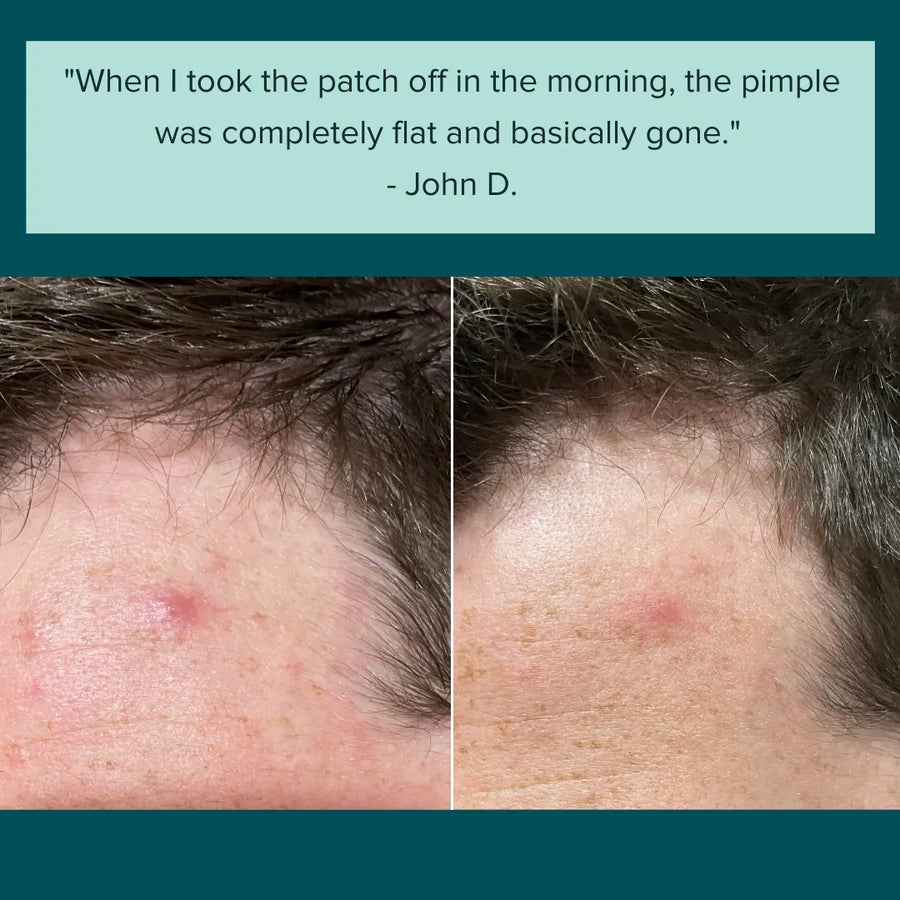
How to Use an Acne Patch
Each brand will have different instructions on how to use their own acne patch. However, you must always apply an acne patch to freshly cleansed and patted-dry skin. This will ensure that all of the patch’s ingredients work uninterrupted on the skin, and that it can also adhere to the skin for the entirety of wear.
Firmly press the patch onto the blemished skin for five seconds. For the patch to be effective, you must wear it for at least two hours, though it’s OK to leave it on for 6-8 hours (or overnight). After an extended 6-8 hour application, the skin will have absorbed all of the patch’s ingredients, so it’s not necessary to wear it any longer.
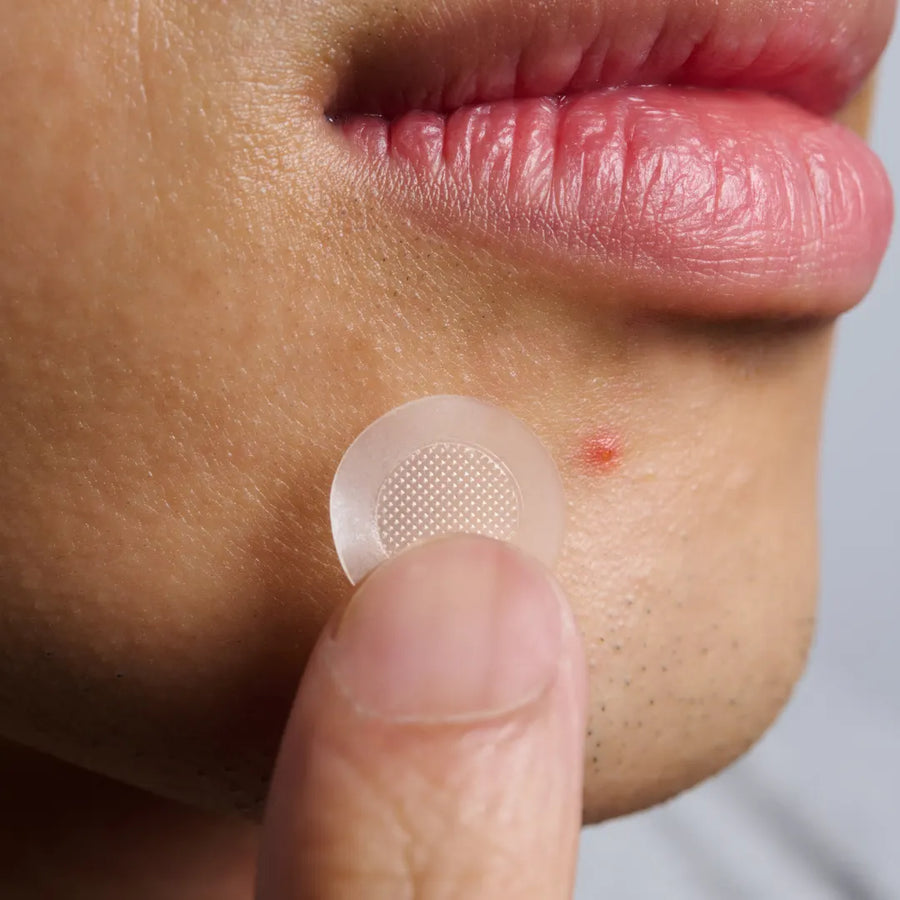

You can follow with another cleanse and reapplication, or do so each day/night until the blemish is entirely gone. In some cases, one patch will be effective. In more severe cases, it may take multiple patches or days.
.png?v=1671640176423&options=w_600)
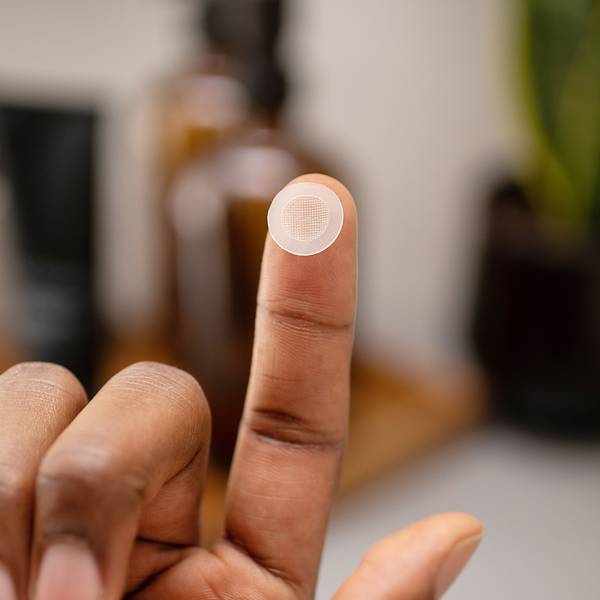
Prickly Pimple Patch
good for:
2021 Esquire Grooming Award Winner
Zit happens, so we made the Prickly Pimple Patch, your one-step solution for pesky breakouts. Soft dissolving microneedles go where no pimple cream has gone before—delivering acne-fighting ingredients like Salicylic Acid and Cica directly to the site of the inflammation and target acne dark spots. Works on ingrown hairs too!
“I applied the patch to a few raised bumps that appear to be clogged pores. Overnight one was significantly reduced while the other seems to have disappeared. Easy process and highly effective.” - Todd S.
Prickly Pimple Patch
good for:
2021 Esquire Grooming Award Winner
Zit happens, so we made the Prickly Pimple Patch, your one-step solution for pesky breakouts. Soft dissolving microneedles go where no pimple cream has gone before—delivering acne-fighting ingredients like Salicylic Acid and Cica directly to the site of the inflammation and target acne dark spots. Works on ingrown hairs too!
“I applied the patch to a few raised bumps that appear to be clogged pores. Overnight one was significantly reduced while the other seems to have disappeared. Easy process and highly effective.” - Todd S.
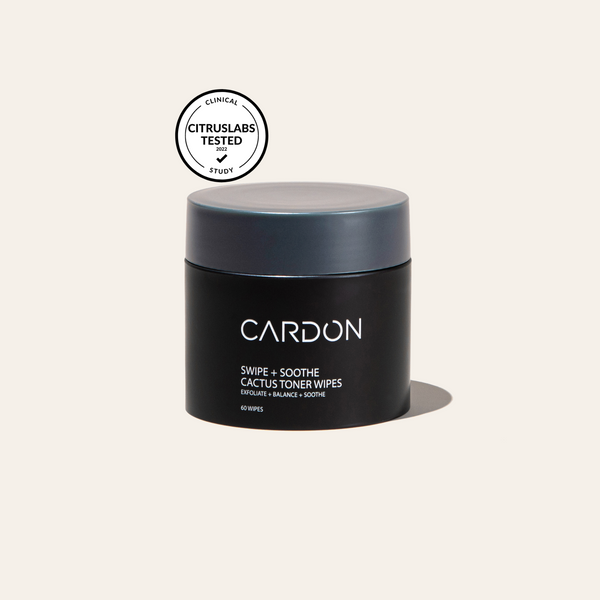

Exfoliating Facial Toner Wipes
good for:
After a long, busy day you just want to sit back, relax, and crack open—our biodegradable Exfoliating Facial Toner Wipes.
Wipe the stress and grime away with our Exfoliating Facial Toner Wipes, which use PHAs and caffeine to unclog pores, balance pH, and soothe the skin all in one easy step. No water needed.
Due to demand, this product is temporarily out of stock. Click "Notify Me" below to be the first to know when it's back!
Exfoliating Facial Toner Wipes
good for:
After a long, busy day you just want to sit back, relax, and crack open—our biodegradable Exfoliating Facial Toner Wipes.
Wipe the stress and grime away with our Exfoliating Facial Toner Wipes, which use PHAs and caffeine to unclog pores, balance pH, and soothe the skin all in one easy step. No water needed.
Due to demand, this product is temporarily out of stock. Click "Notify Me" below to be the first to know when it's back!
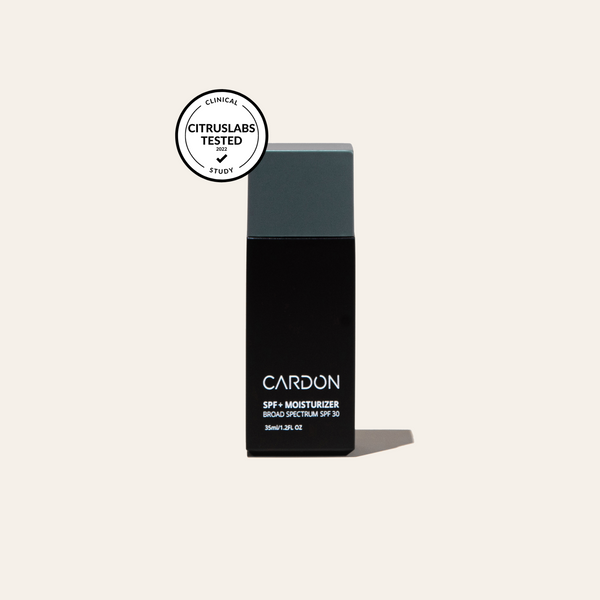
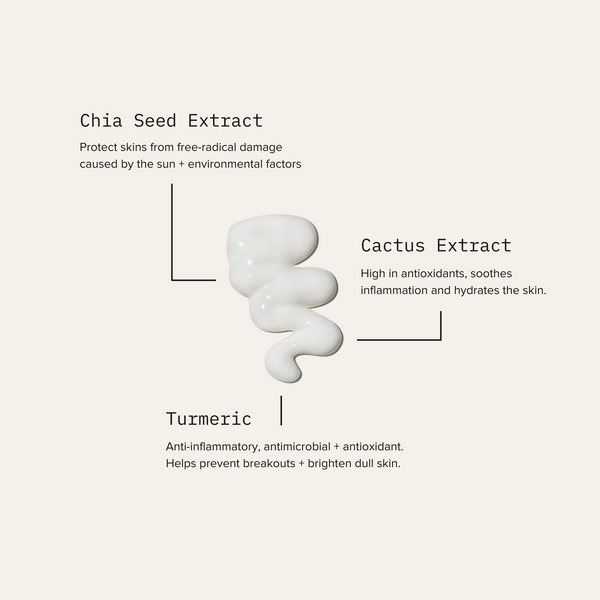
Daily SPF + Moisturizer
good for:
We’re playing favorites—this is the #1 most important step in your skincare routine. Stave off sun damage for healthy, youthful skin for years to come with our Daily SPF + Moisturizer, acclaimed best lightweight moisturizer with SPF by GQ!
Its fast-absorbing, lightweight formula uses Cactus and Chia Seed Extract to provide all-day hydration, plus Broad Spectrum SPF 30 to protect against UVA and UVB rays with ZERO residue or white cast.
“After trying several different brands, I finally found a product I like. It's lightweight, not sticky, and has a very subtle, fresh scent. Will definitely order again. I highly recommend this product.” - Sara T.
Daily SPF + Moisturizer
good for:
We’re playing favorites—this is the #1 most important step in your skincare routine. Stave off sun damage for healthy, youthful skin for years to come with our Daily SPF + Moisturizer, acclaimed best lightweight moisturizer with SPF by GQ!
Its fast-absorbing, lightweight formula uses Cactus and Chia Seed Extract to provide all-day hydration, plus Broad Spectrum SPF 30 to protect against UVA and UVB rays with ZERO residue or white cast.
“After trying several different brands, I finally found a product I like. It's lightweight, not sticky, and has a very subtle, fresh scent. Will definitely order again. I highly recommend this product.” - Sara T.
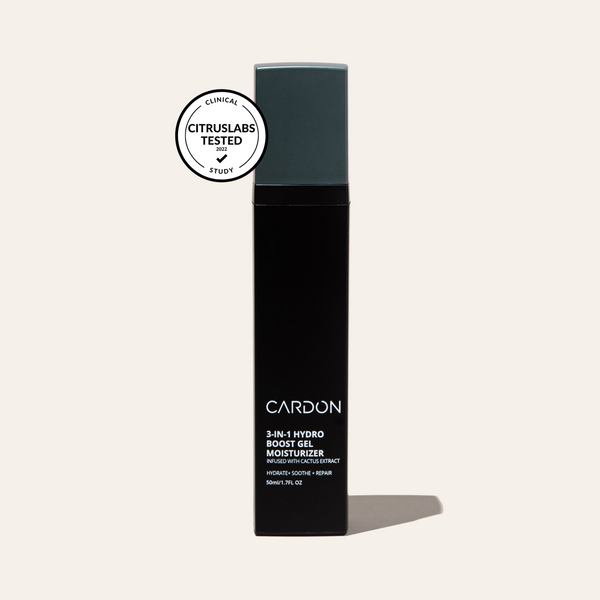

Hydro Boost Gel Moisturizer
good for:
Like a night cap for your skin, our Hydro Boost Gel Moisturizer is the ideal way to finish your evening.
This 3-in-1 gel moisturizer uses Cactus Extract and Rosehip Oil to put in the work while you snooze—hydrating, soothing, and repairing your skin all night long.
“This easily became part of my nightly routine. I've started to notice my face looking healthier and smoother. As a 32 y/o, you start to notice wrinkles creeping in, this helps me keep them at bay.” - Andrew S.
Hydro Boost Gel Moisturizer
good for:
Like a night cap for your skin, our Hydro Boost Gel Moisturizer is the ideal way to finish your evening.
This 3-in-1 gel moisturizer uses Cactus Extract and Rosehip Oil to put in the work while you snooze—hydrating, soothing, and repairing your skin all night long.
“This easily became part of my nightly routine. I've started to notice my face looking healthier and smoother. As a 32 y/o, you start to notice wrinkles creeping in, this helps me keep them at bay.” - Andrew S.
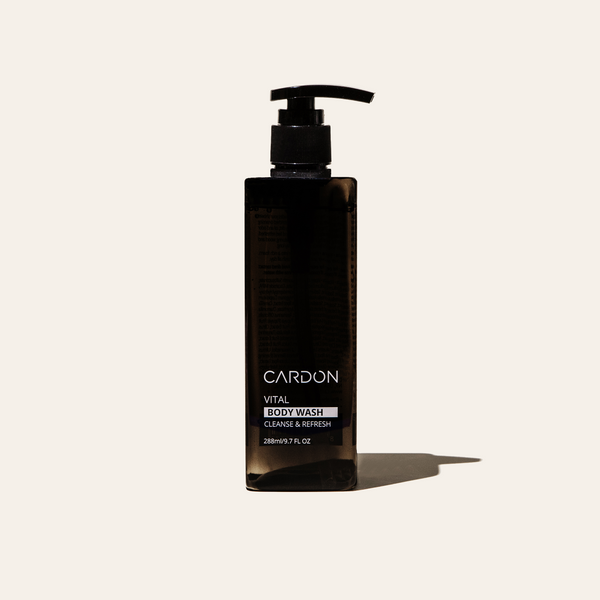

AWARD
Vital Body Wash
good for:
Step up your shower game with the Vital Body Wash, an energizing, body-acne clearing emulsion and 2022 GQ Grooming Award Winner!
The active lather uses natural, non-stripping ingredients like Green Tea and Sea Buckthorn to deeply cleanse, tackle breakouts, and combat body odor. The invigorating woody fragrance blend will make your skin smell as good as it looks.
“This body wash gets the job done! It cleans you thoroughly without drying out your skin. You smell fresh and clean, not perfumed. And as always with Cardon... a little goes a long way.” - Troy H.
Vital Body Wash
good for:
Step up your shower game with the Vital Body Wash, an energizing, body-acne clearing emulsion and 2022 GQ Grooming Award Winner!
The active lather uses natural, non-stripping ingredients like Green Tea and Sea Buckthorn to deeply cleanse, tackle breakouts, and combat body odor. The invigorating woody fragrance blend will make your skin smell as good as it looks.
“This body wash gets the job done! It cleans you thoroughly without drying out your skin. You smell fresh and clean, not perfumed. And as always with Cardon... a little goes a long way.” - Troy H.

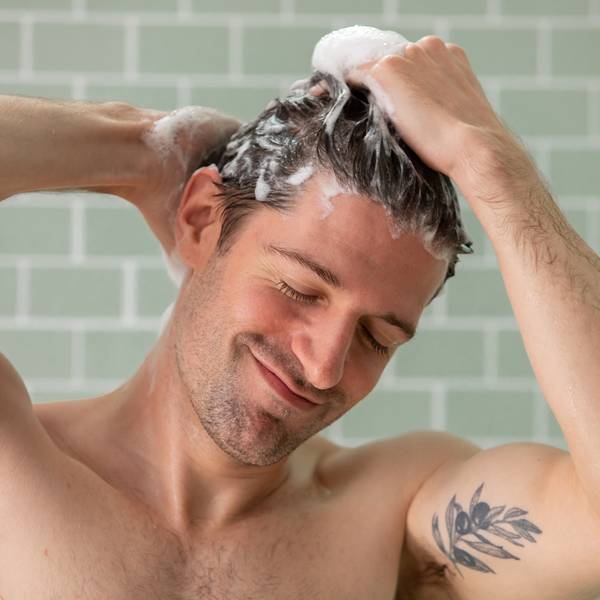
NEW
NEW
Cleanse + Refresh Set
good for:
Hit refresh! The Cleanse + Refresh Set gives you the ultimate cleanse from head to toe with highly-effective skincare-grade formulas. Strengthening Shampoo boosts hair volume, Vital Body Wash fights dryness and breakouts, and Purifying Clay Cleanser keeps your skin clear and balanced. It's the perfect set for a fresh, confident look every day!
Pro tip: Use Purifying Clay Cleanser as a spot treatment for pimples or pore-clearing clay mask. Apply to the affected area or the full face and rinse off after 10 minutes.
Includes Steps:
- 01 Purifying Clay Cleanser
- 02 Hair Thickening + Strengthening Shampoo
- 03 Vital Body Wash
Never go empty! Subscribe + Save 10%
Cleanse + Refresh Set
good for:
Hit refresh! The Cleanse + Refresh Set gives you the ultimate cleanse from head to toe with highly-effective skincare-grade formulas. Strengthening Shampoo boosts hair volume, Vital Body Wash fights dryness and breakouts, and Purifying Clay Cleanser keeps your skin clear and balanced. It's the perfect set for a fresh, confident look every day!
Pro tip: Use Purifying Clay Cleanser as a spot treatment for pimples or pore-clearing clay mask. Apply to the affected area or the full face and rinse off after 10 minutes.
Includes Steps:
- 01 Purifying Clay Cleanser
- 02 Hair Thickening + Strengthening Shampoo
- 03 Vital Body Wash
Never go empty! Subscribe + Save 10%
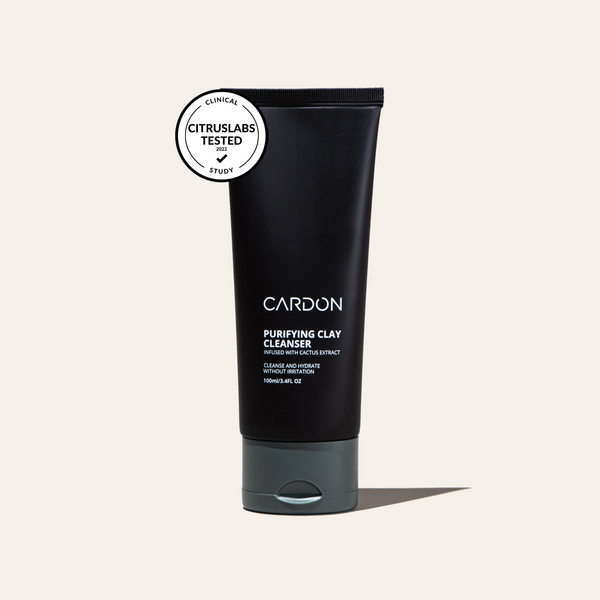
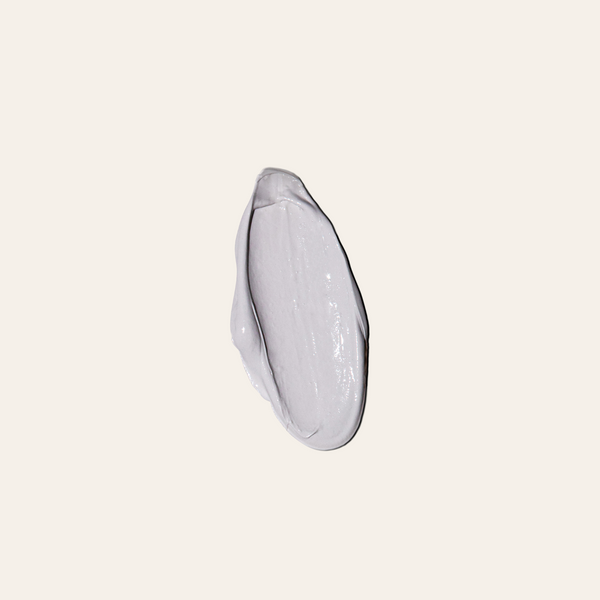
Purifying Clay Cleanser
good for:
The Purifying Clay Cleanser dares to answer the question: “what if you combined a detoxifying clay mask with a hydrating face wash?”
Our 2x Ask Men Grooming award-winning cleanser uses Cactus Extract and a Tri-Clay blend to remove excess oil and cleanse skin deeply from the grime of the day, never leaving skin feeling dry or tight. Powerful ingredients, yet gentle enough for daily use.
“The best face wash I have found for my oily, sensitive, acne-prone skin! With continued use, I've even seen a drastic reduction of oily shine on my face after long days in the office! Thank you, Cardon!” - Steve C.
Purifying Clay Cleanser
good for:
The Purifying Clay Cleanser dares to answer the question: “what if you combined a detoxifying clay mask with a hydrating face wash?”
Our 2x Ask Men Grooming award-winning cleanser uses Cactus Extract and a Tri-Clay blend to remove excess oil and cleanse skin deeply from the grime of the day, never leaving skin feeling dry or tight. Powerful ingredients, yet gentle enough for daily use.
“The best face wash I have found for my oily, sensitive, acne-prone skin! With continued use, I've even seen a drastic reduction of oily shine on my face after long days in the office! Thank you, Cardon!” - Steve C.
Cardon Products Are
Easy to Use
We never create two products when we can achieve the same results with one. Cardon products are designed to be easy to use every day.
Backed By Korean Innovation
Korean R&D is two decades ahead of the rest of the world. Cardon products use the highest quality, most effective ingredients out there.
Non-Toxic
Finally, an ingredient label you can feel good about. Every ingredient in Cardon products is good for your skin, and easy on the mind.
.png?v=1671640176423w_600)
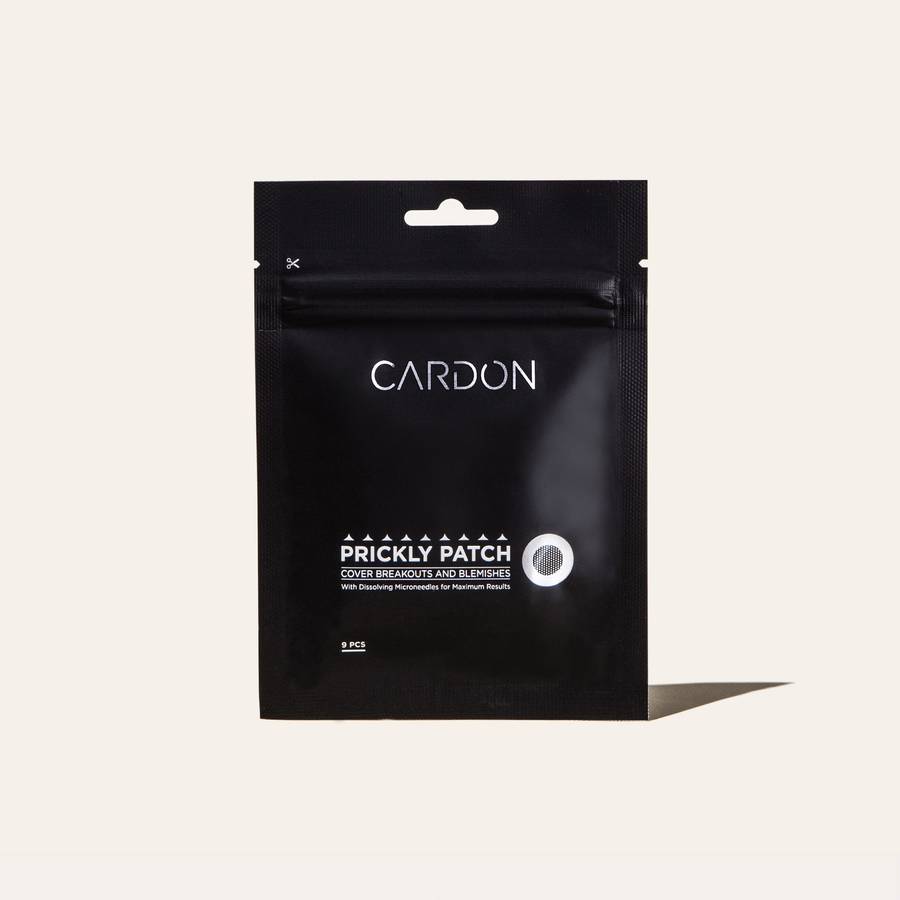

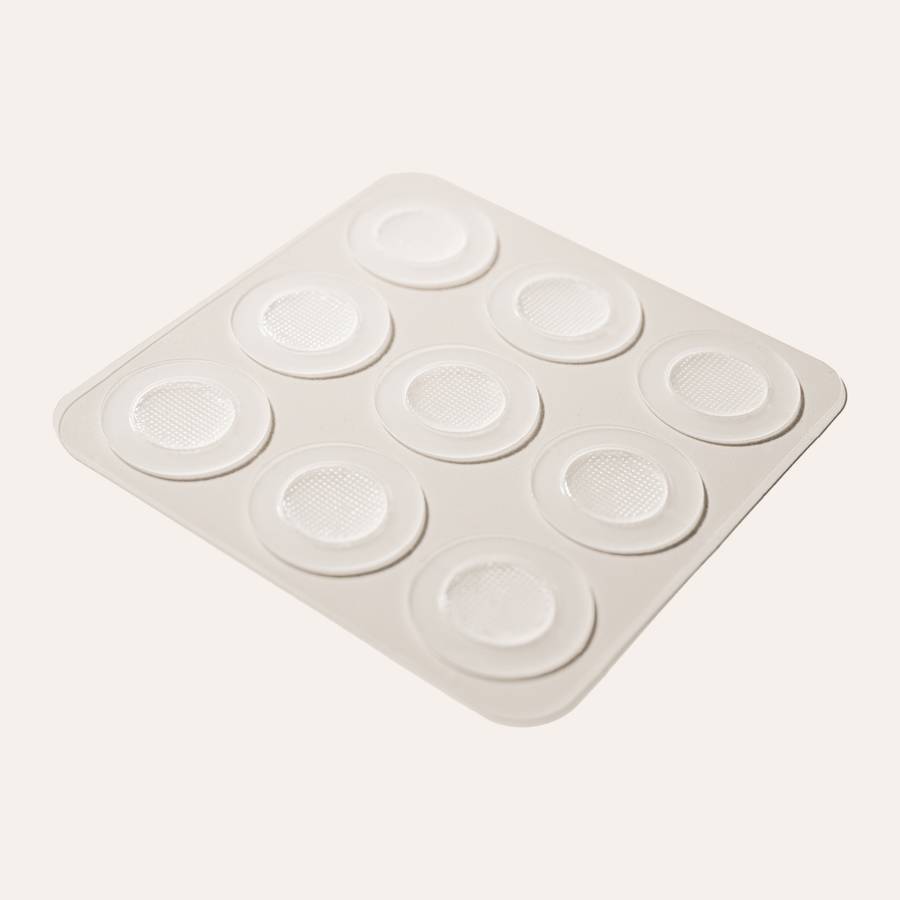
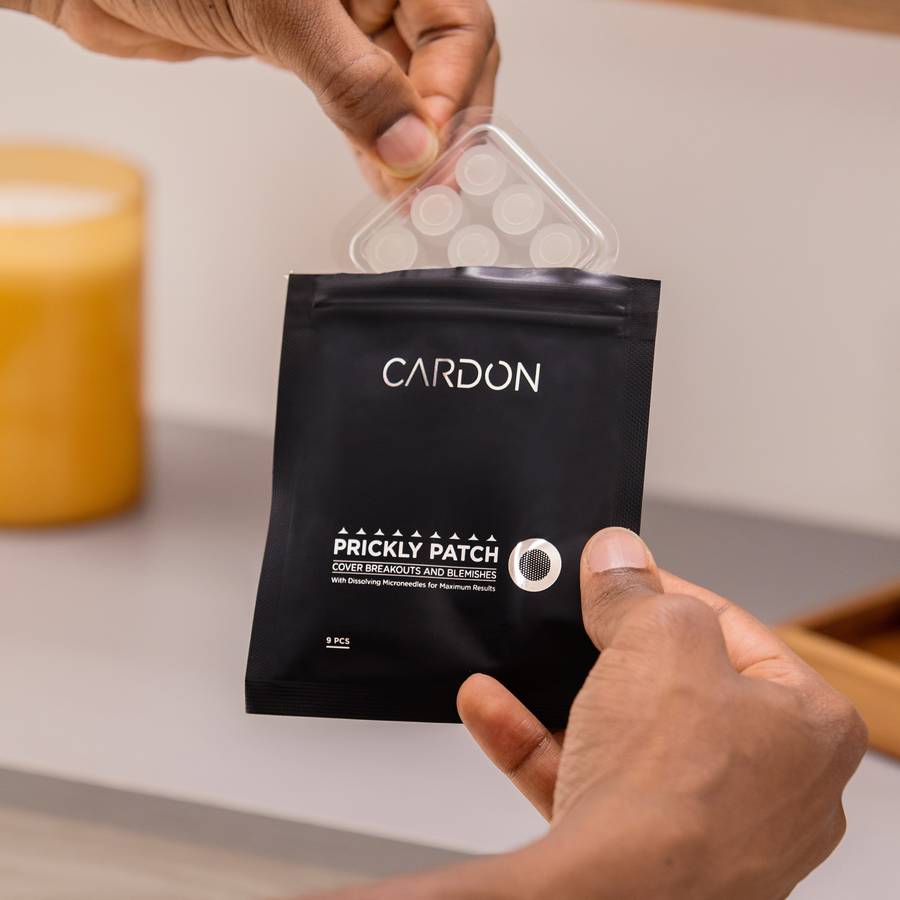
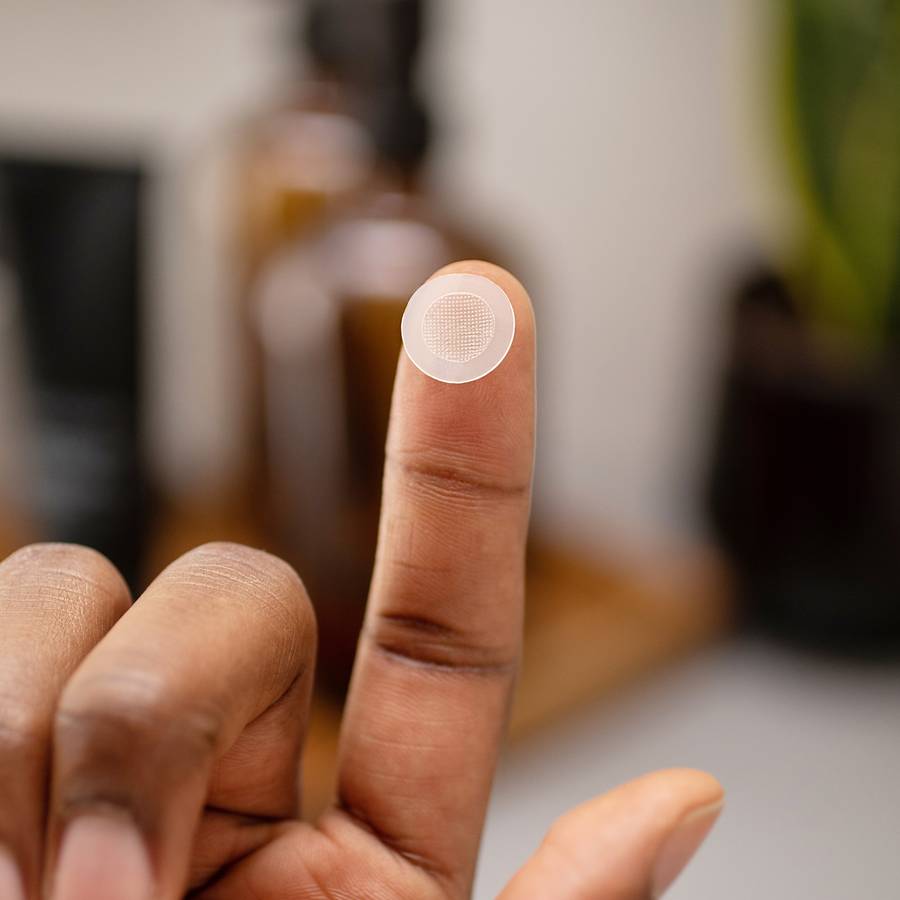
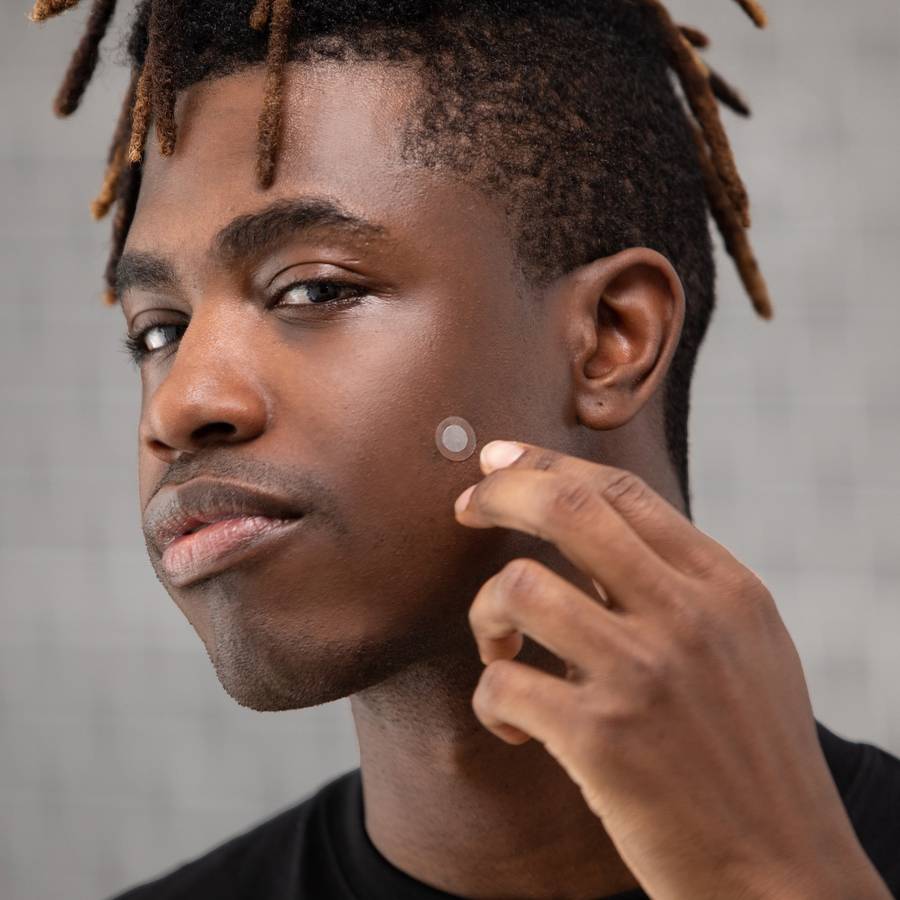
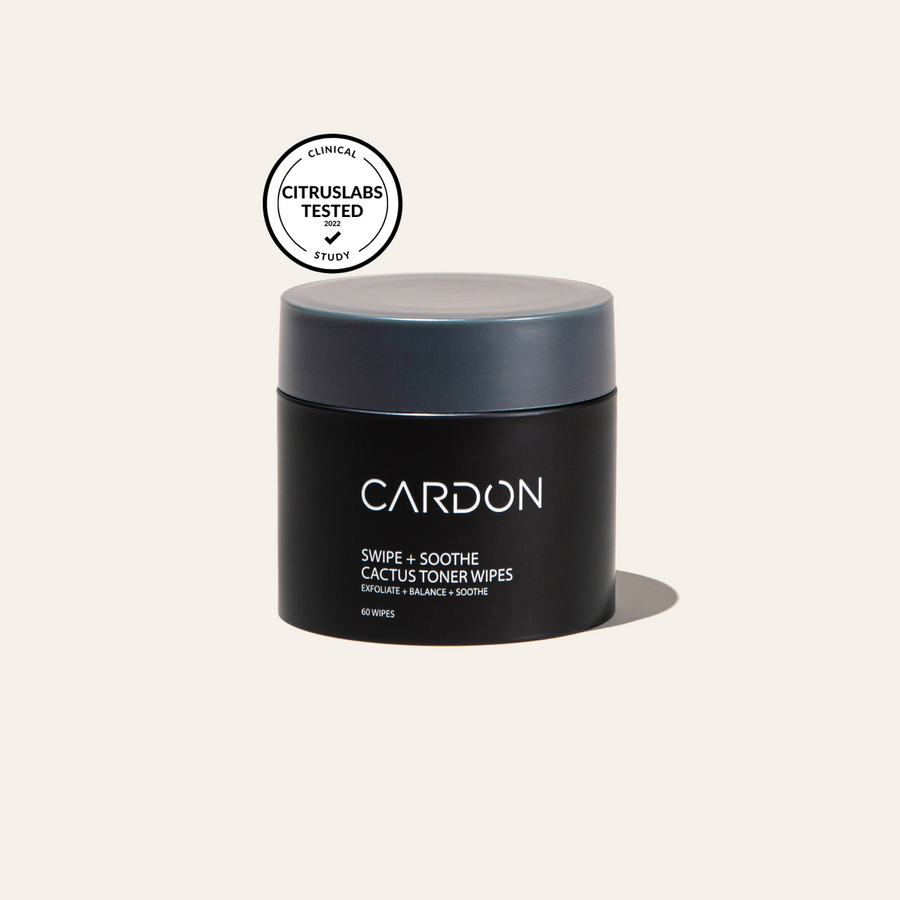
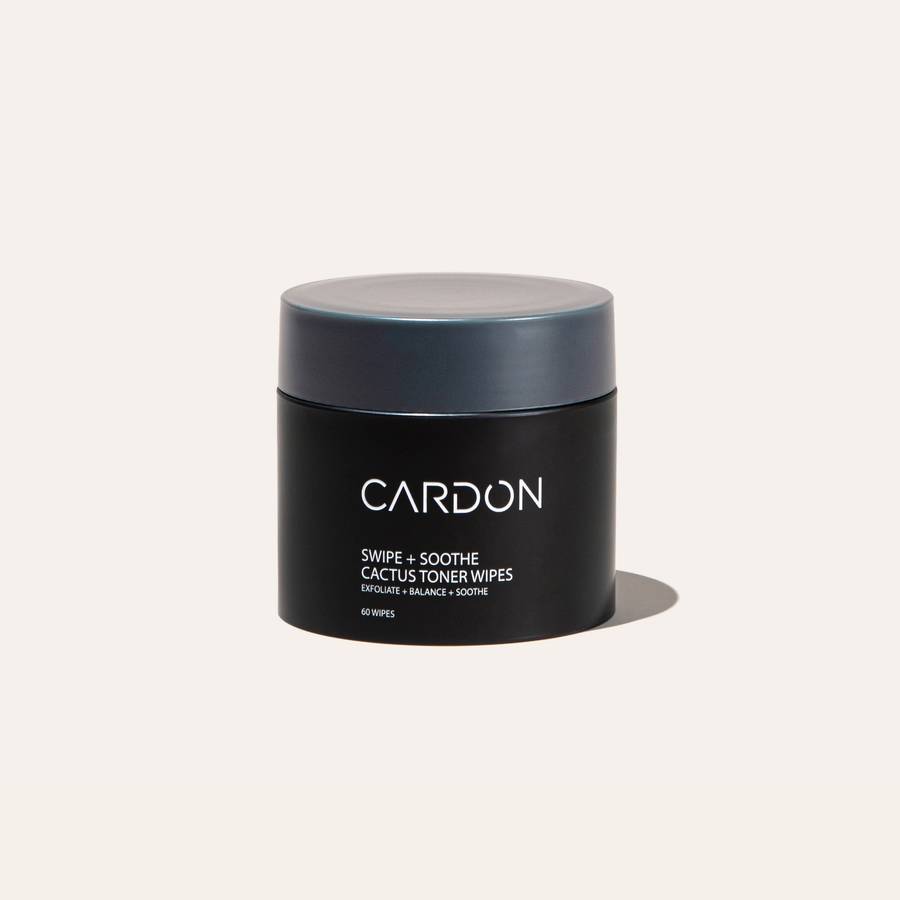
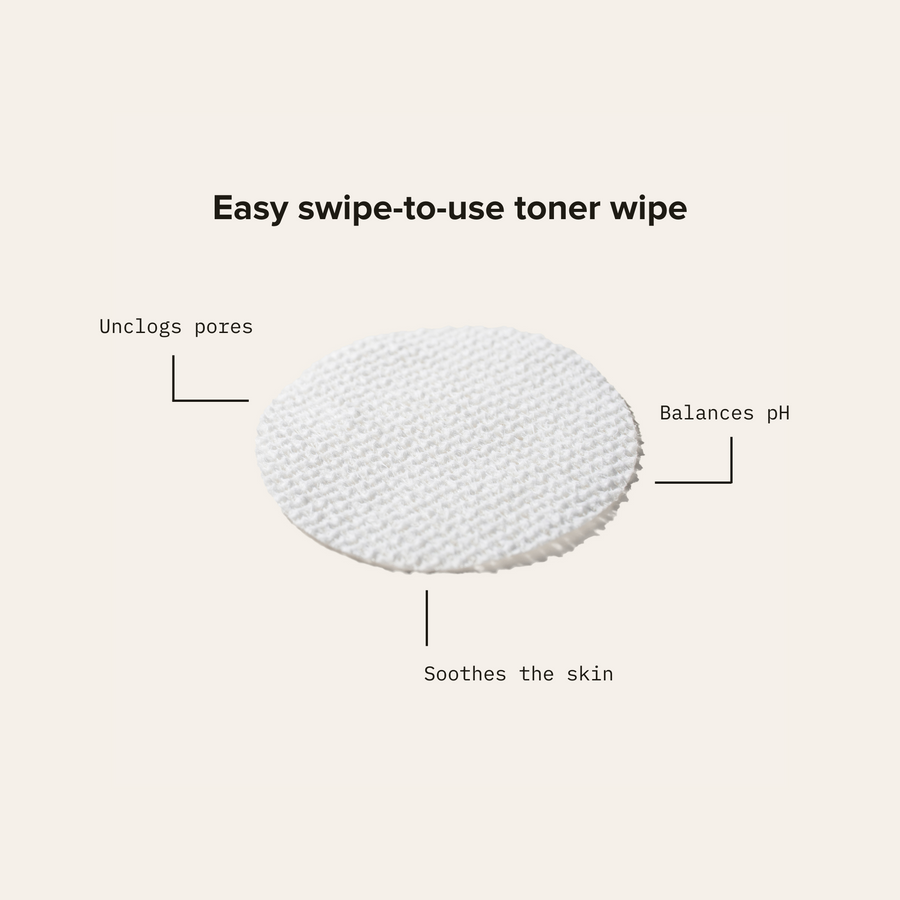
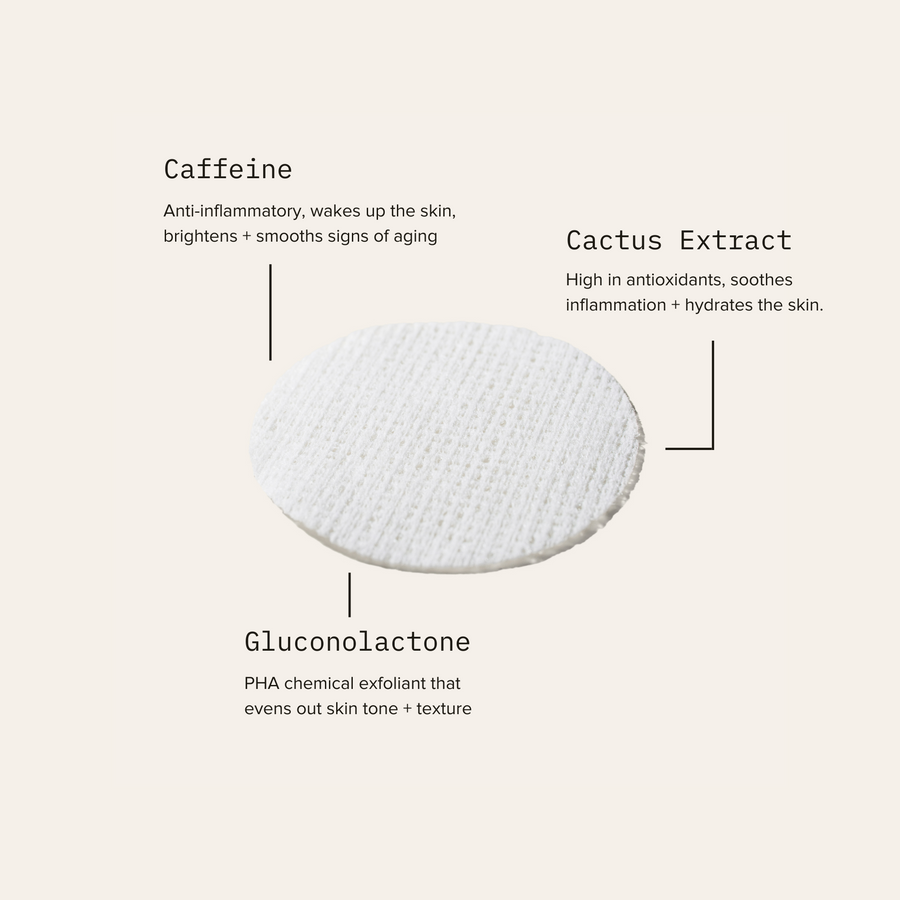

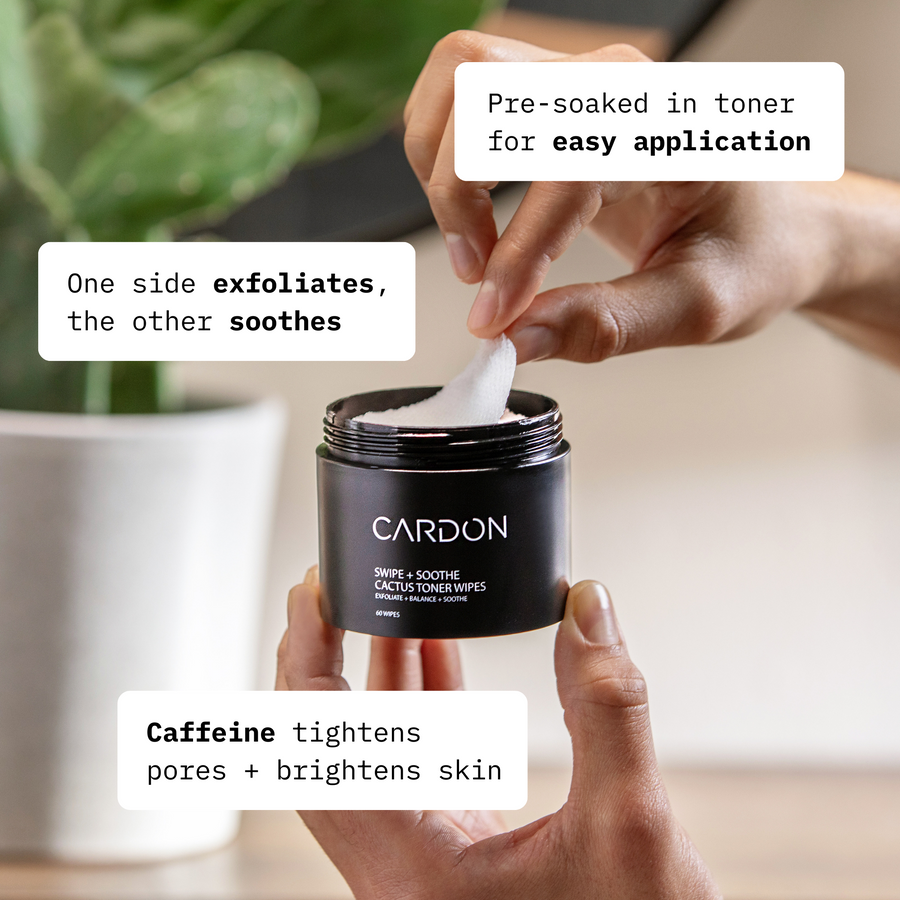

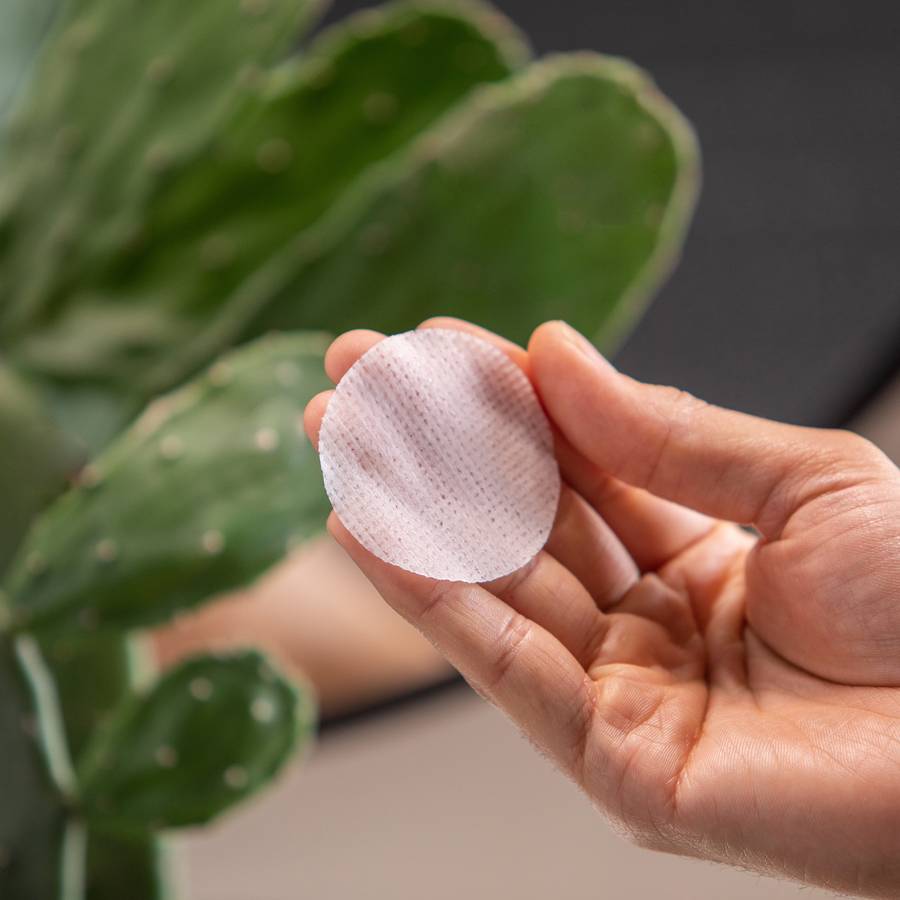
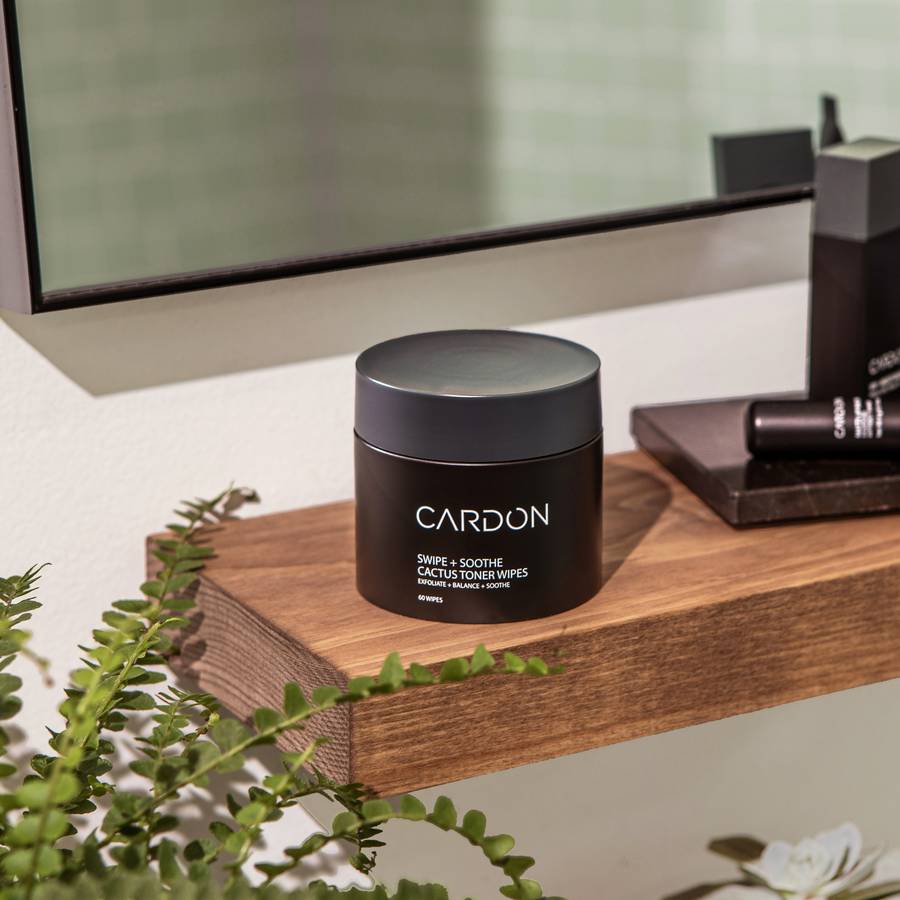
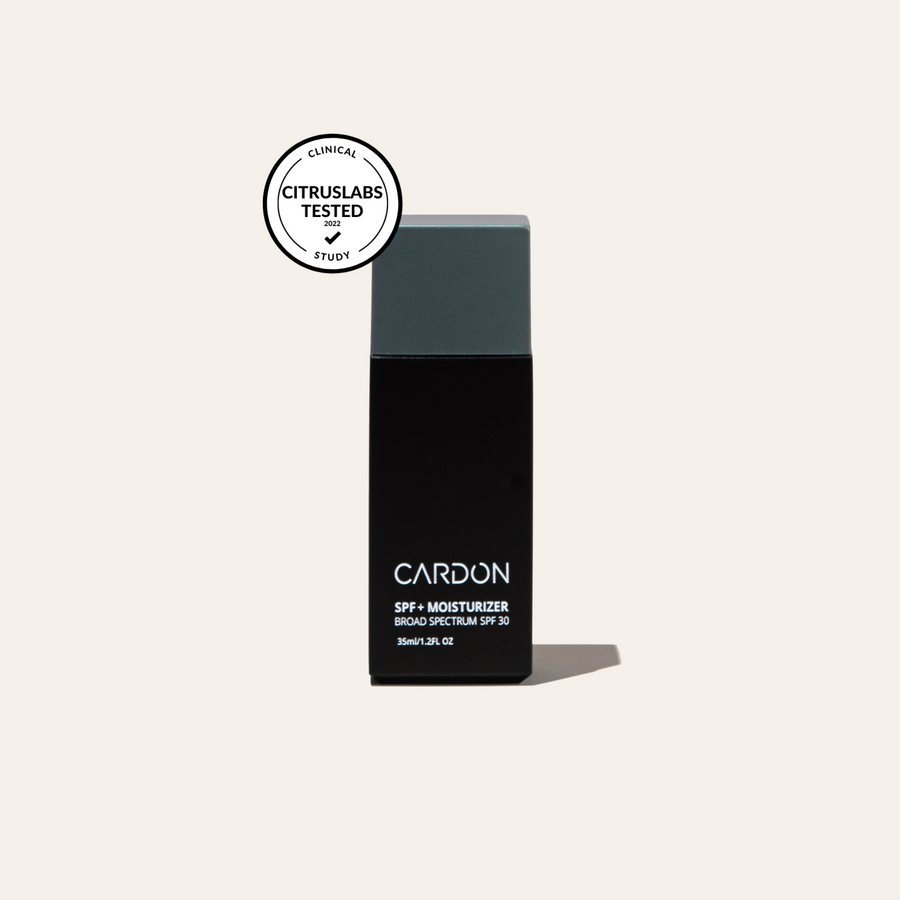
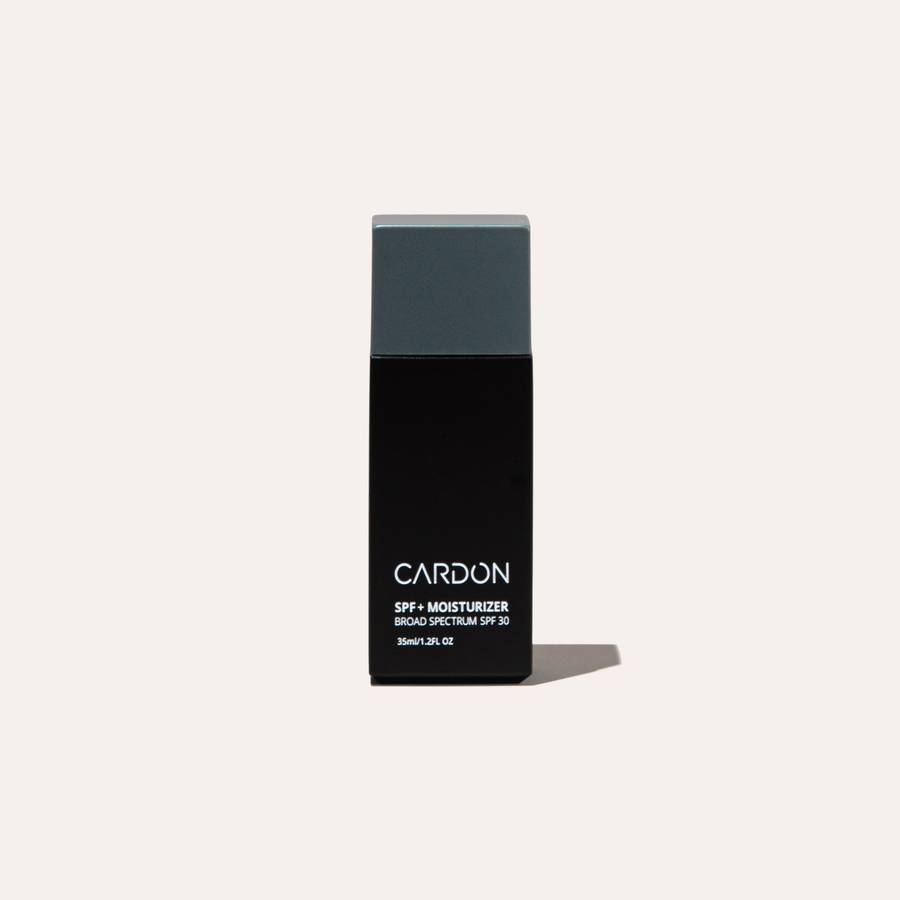
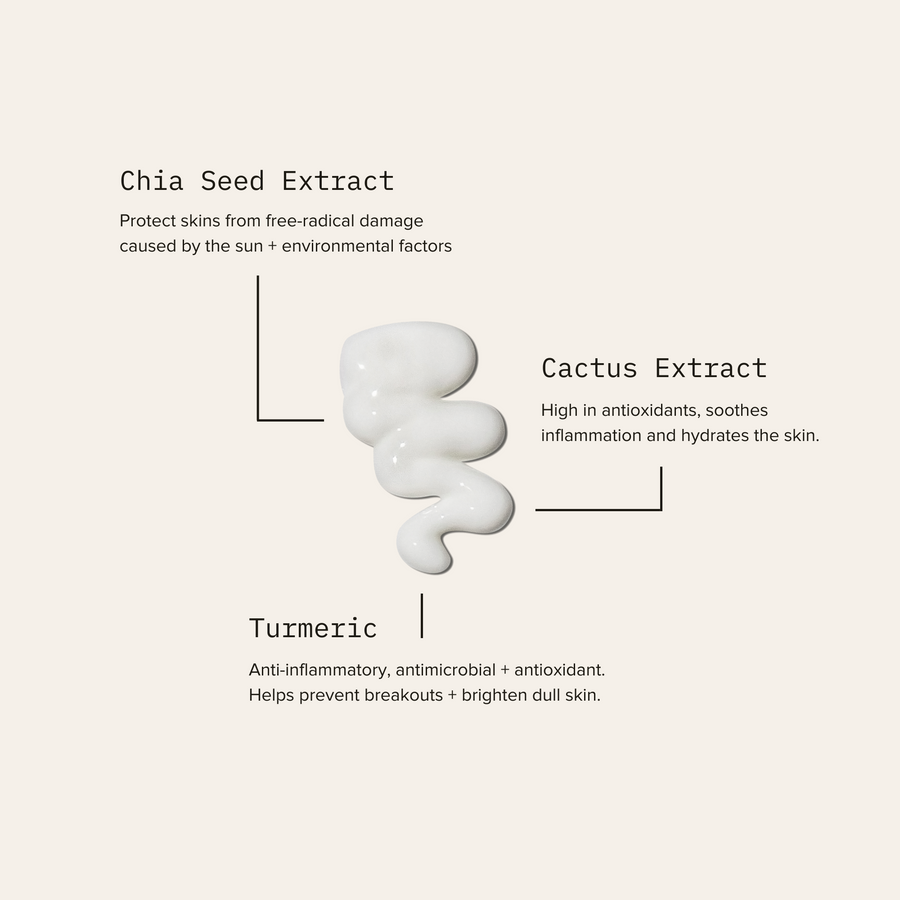
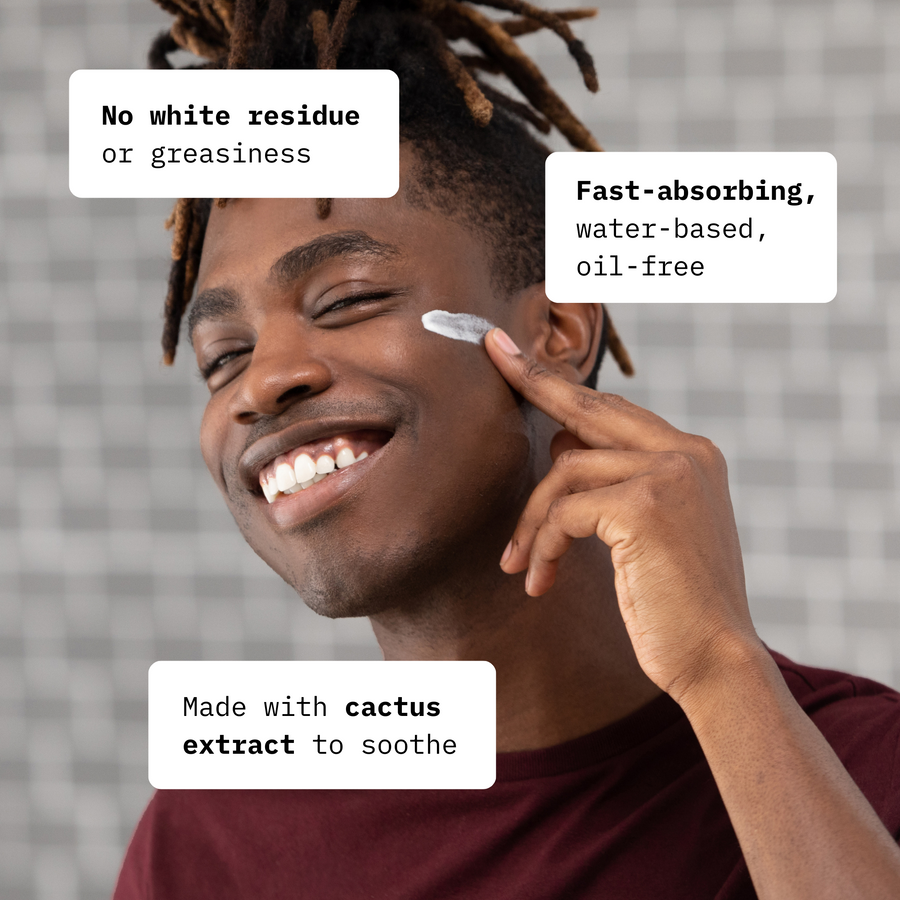
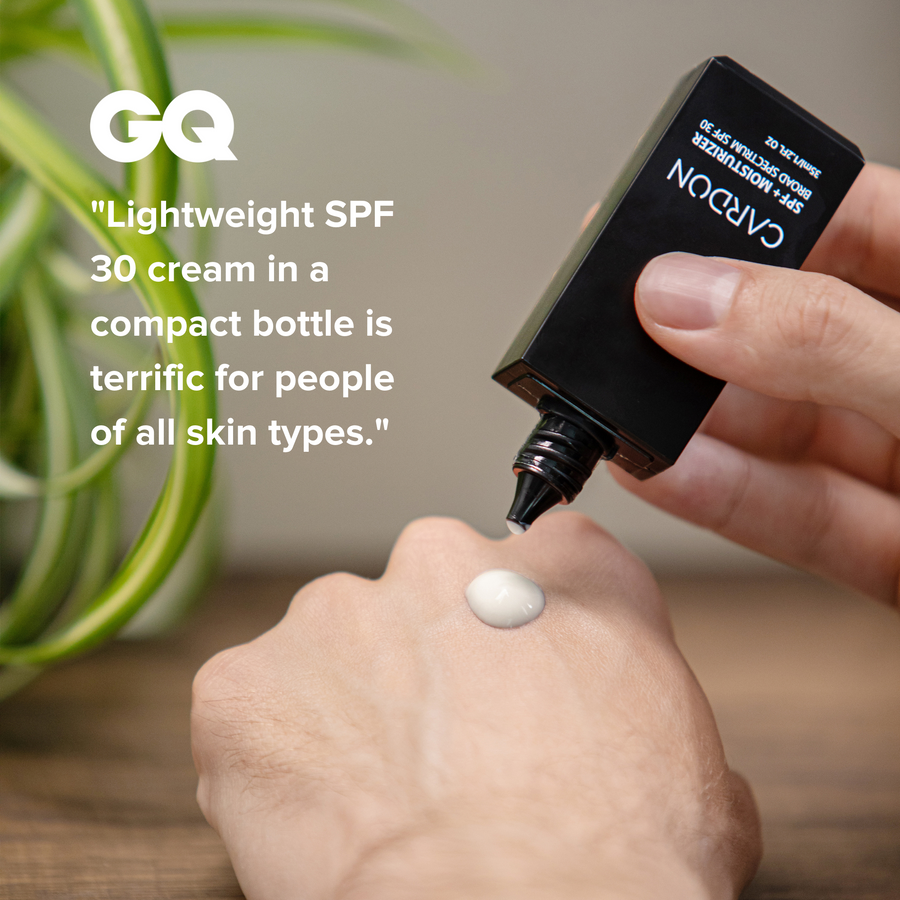

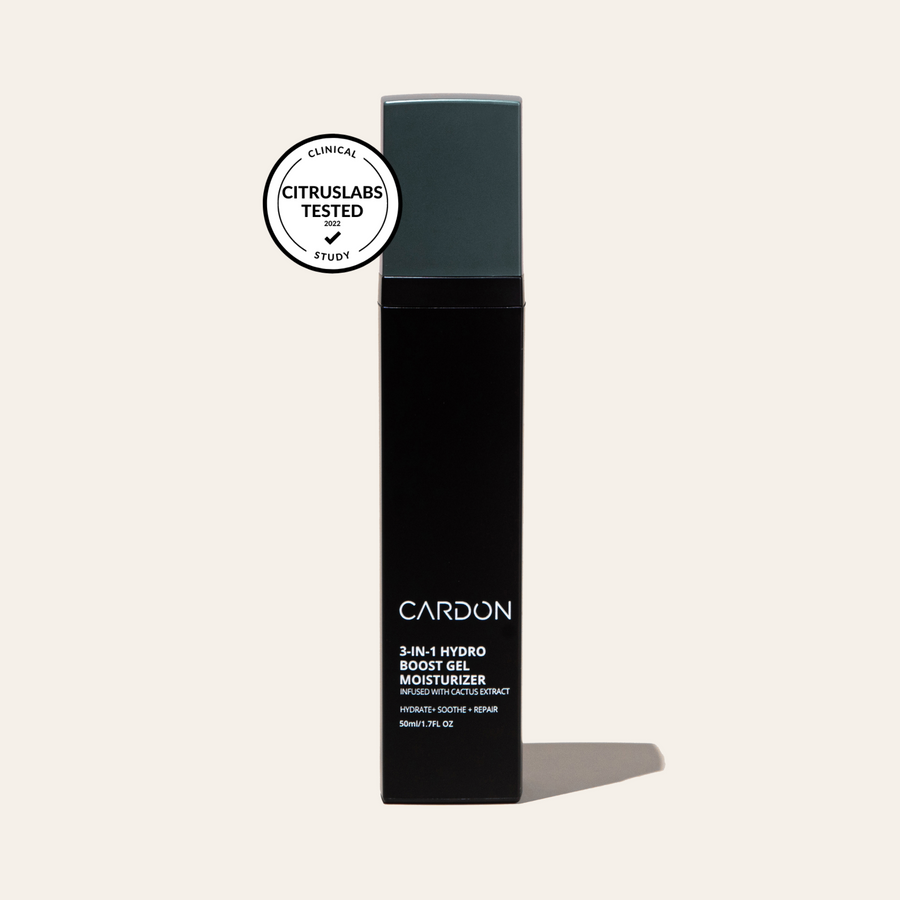
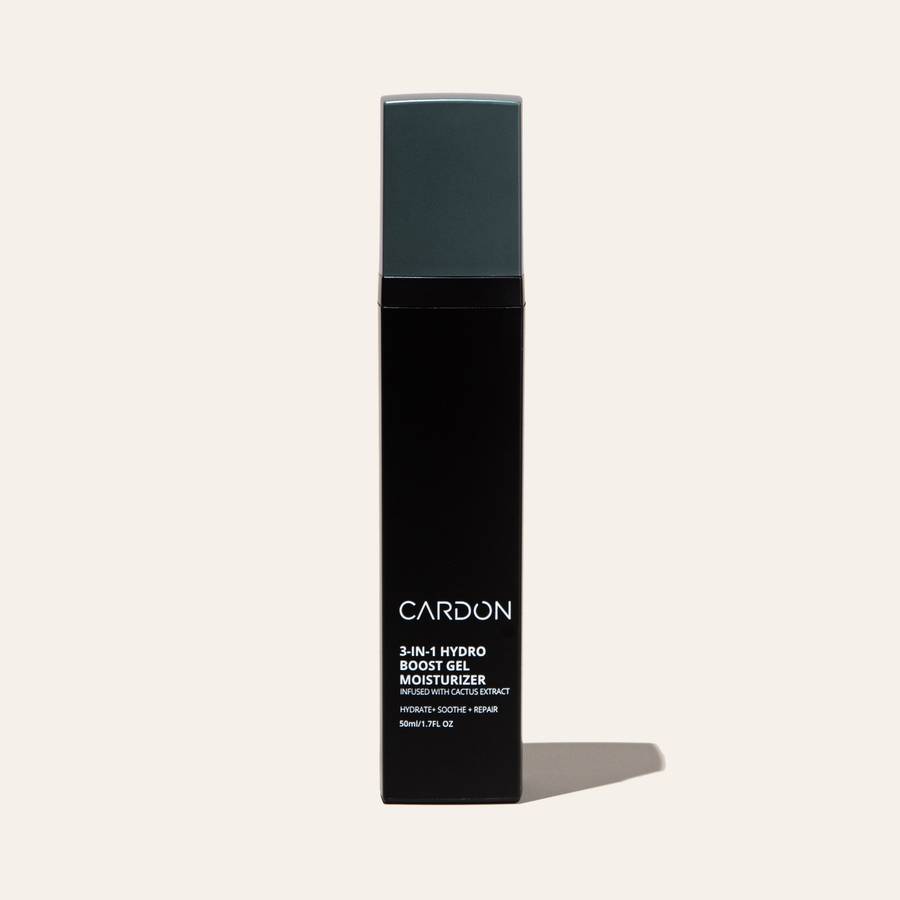


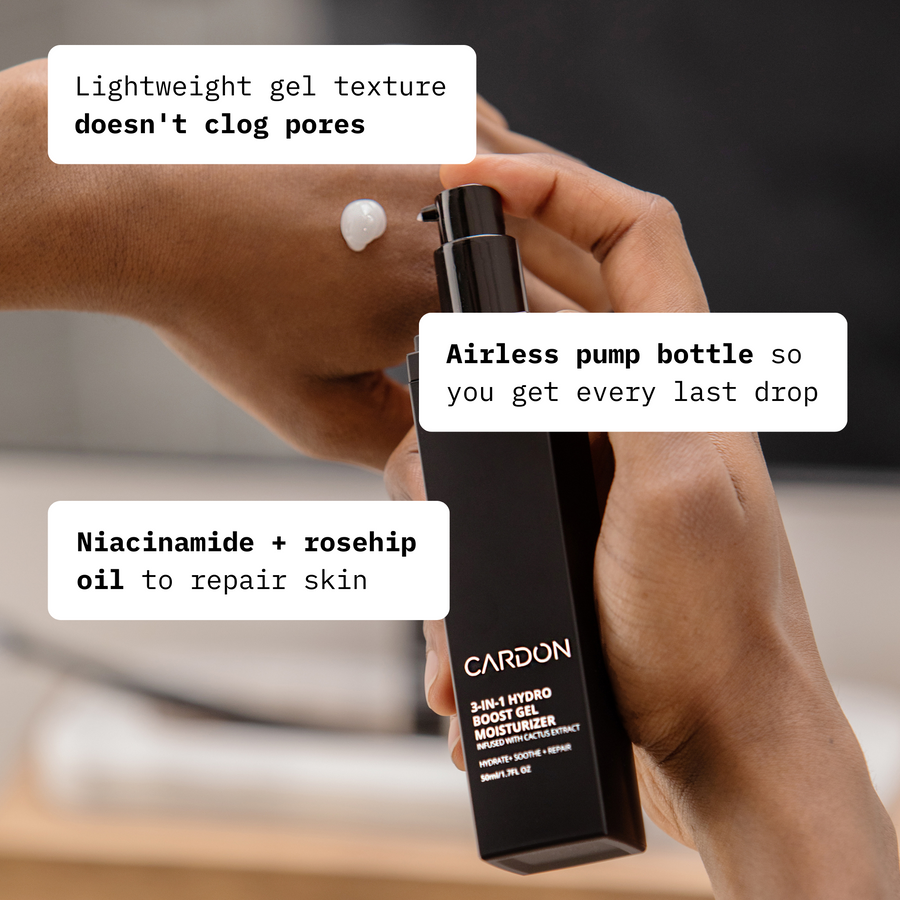

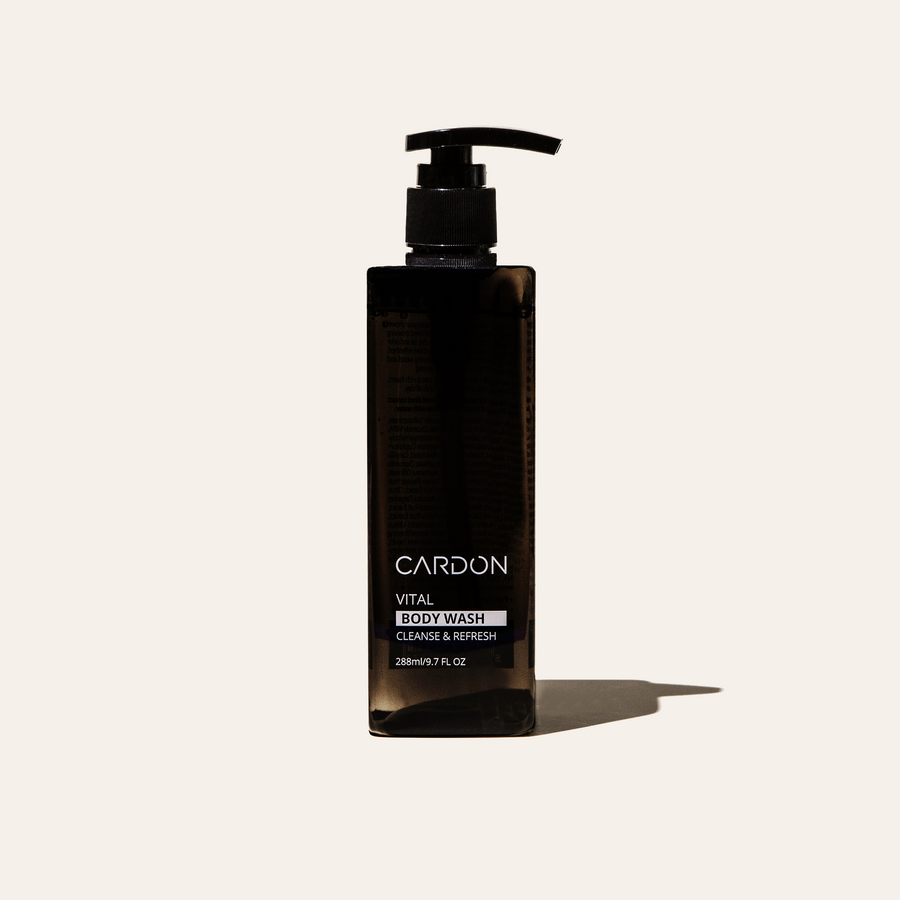
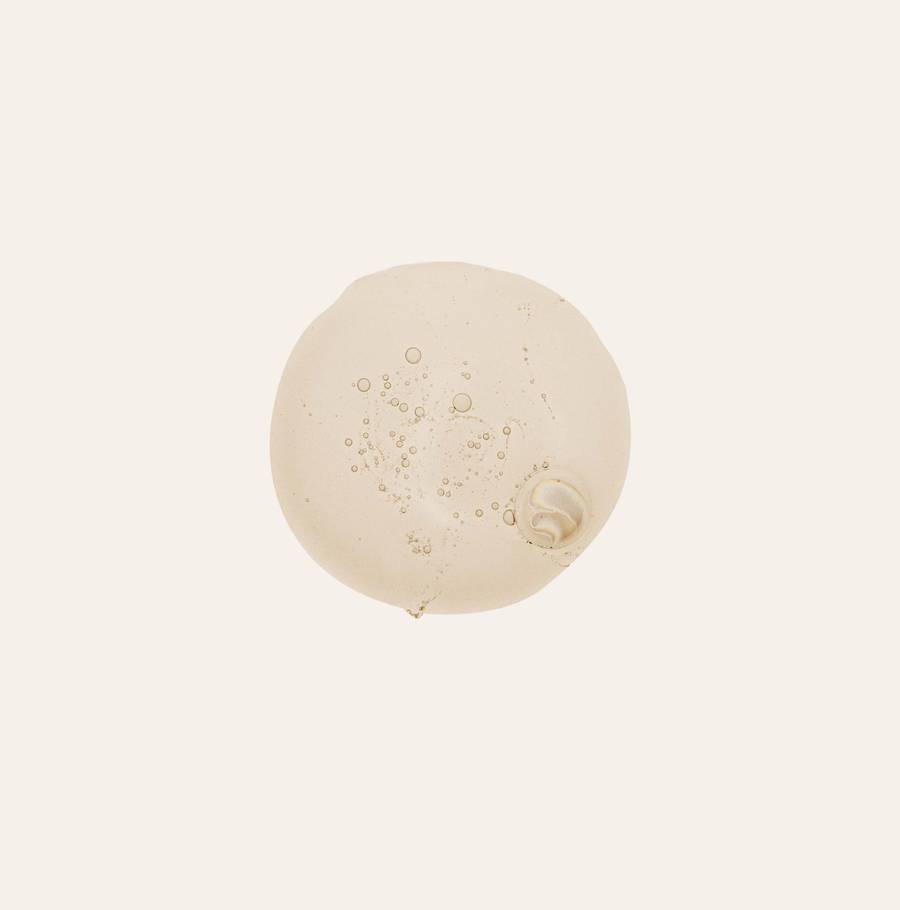

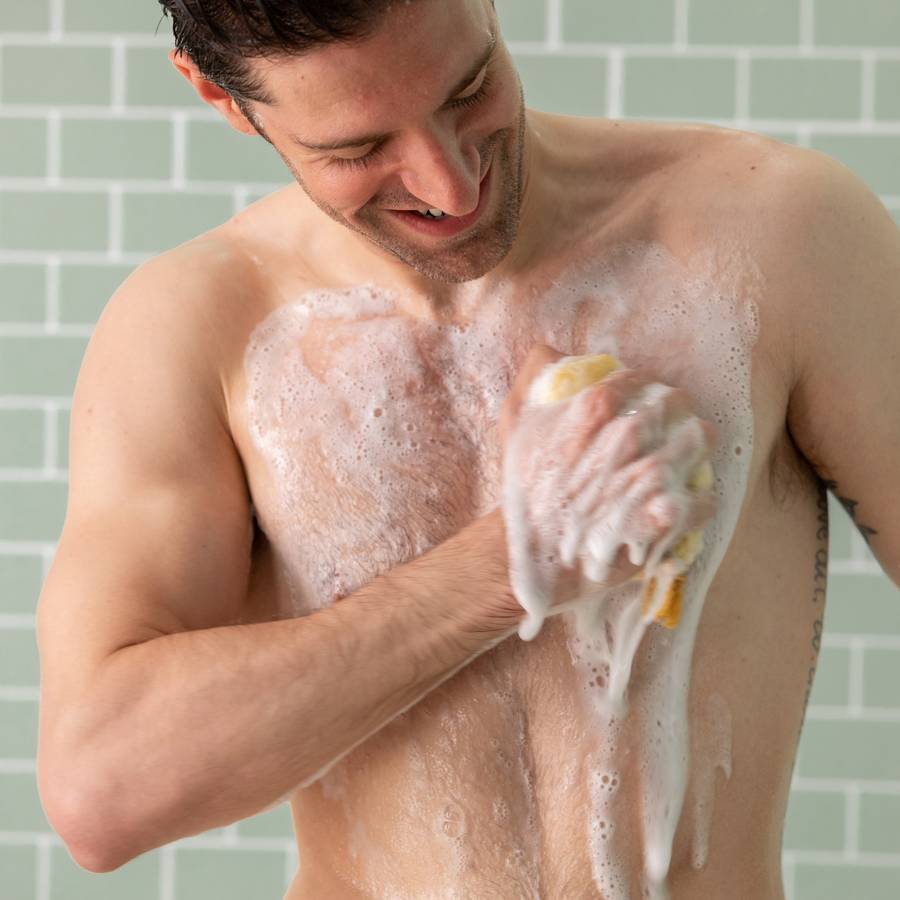

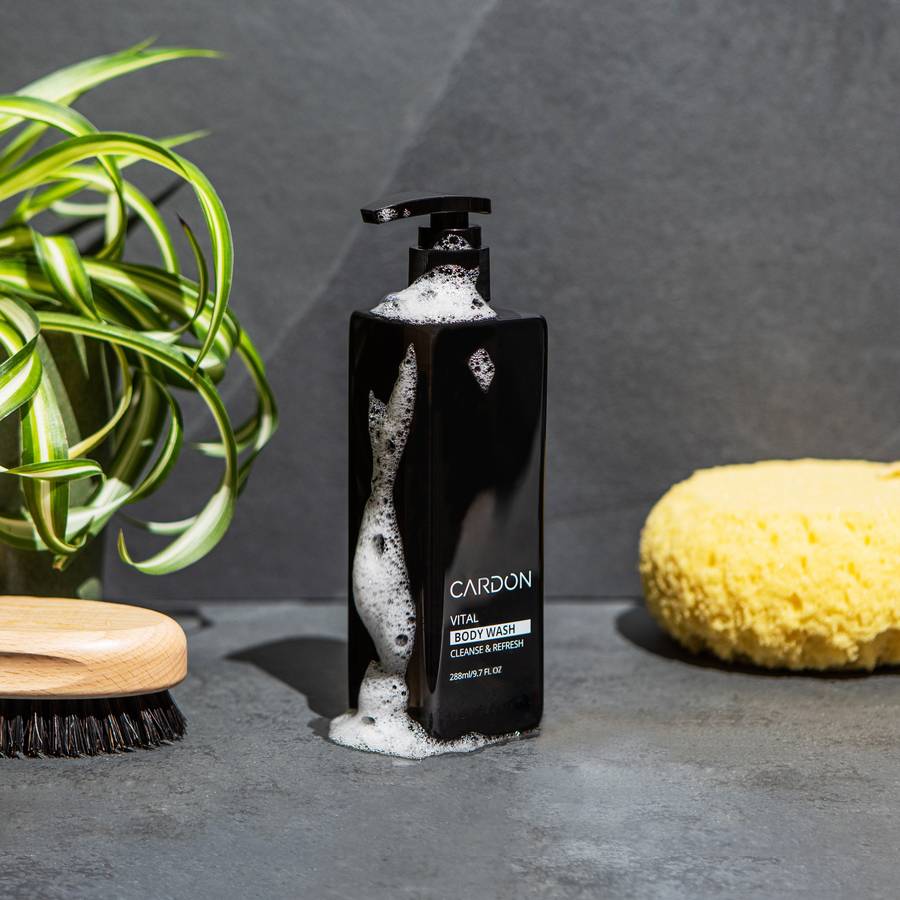
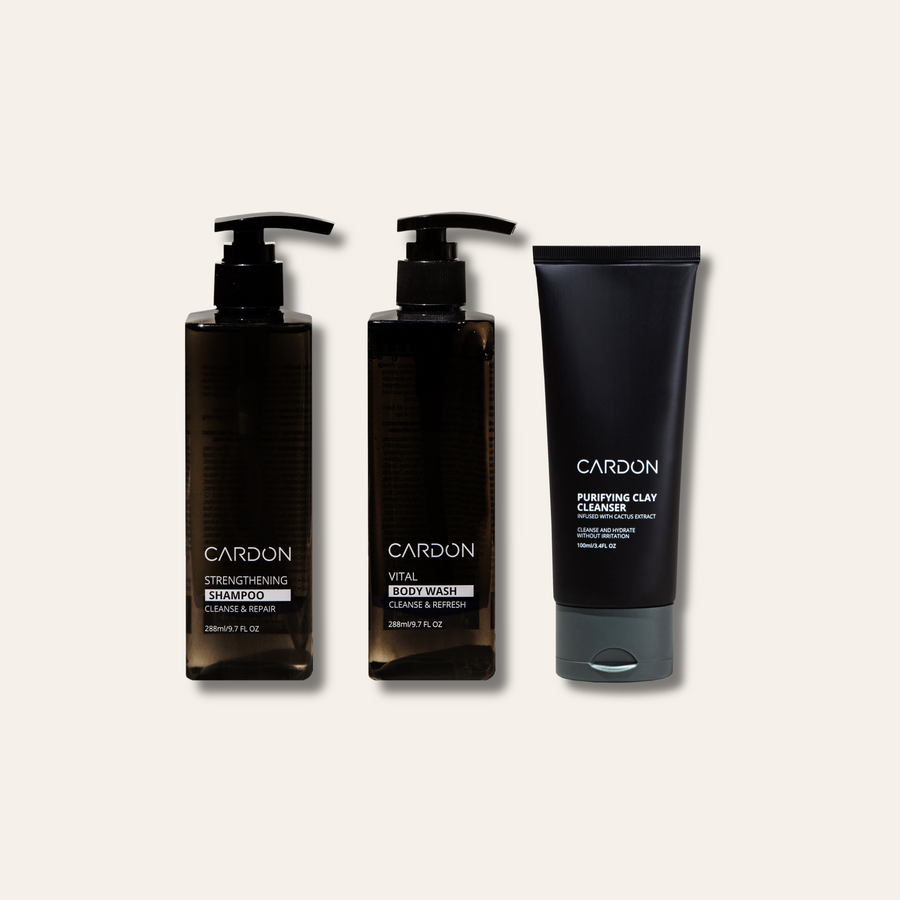
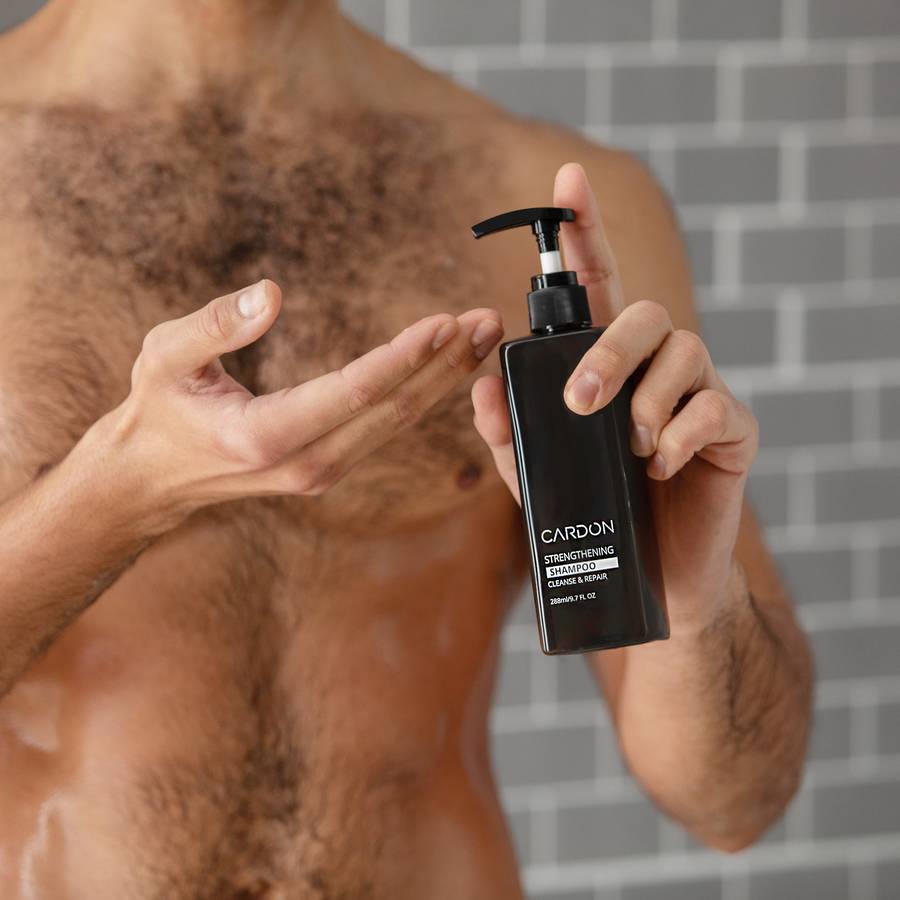

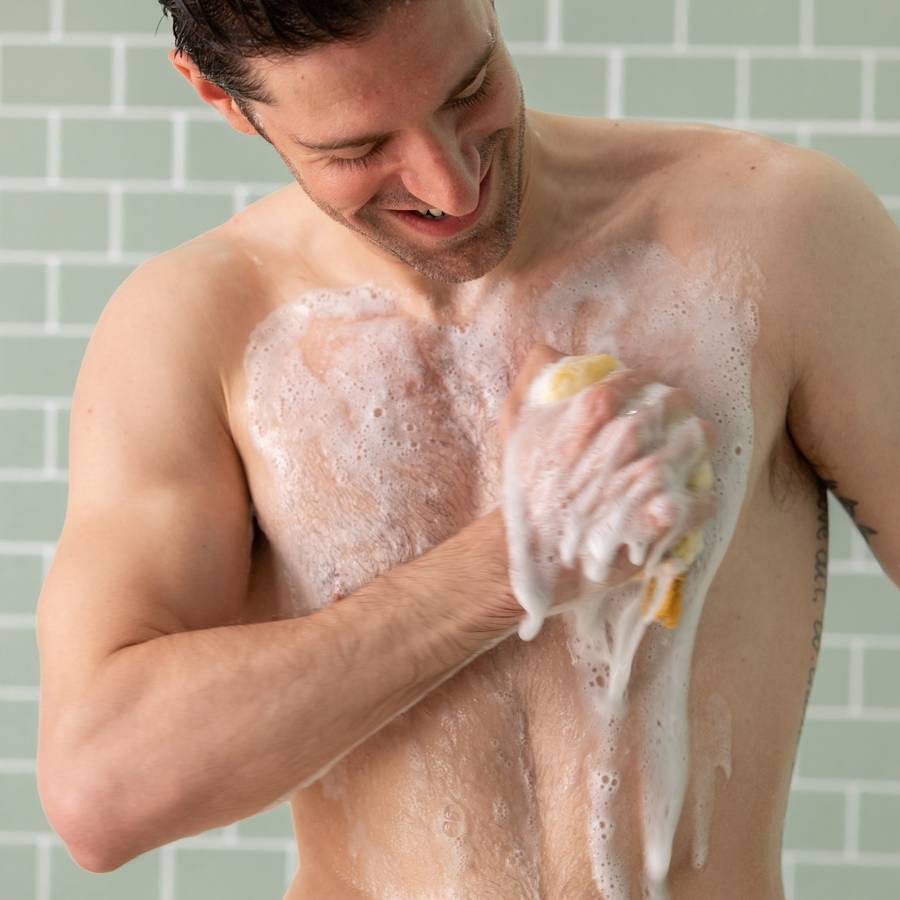

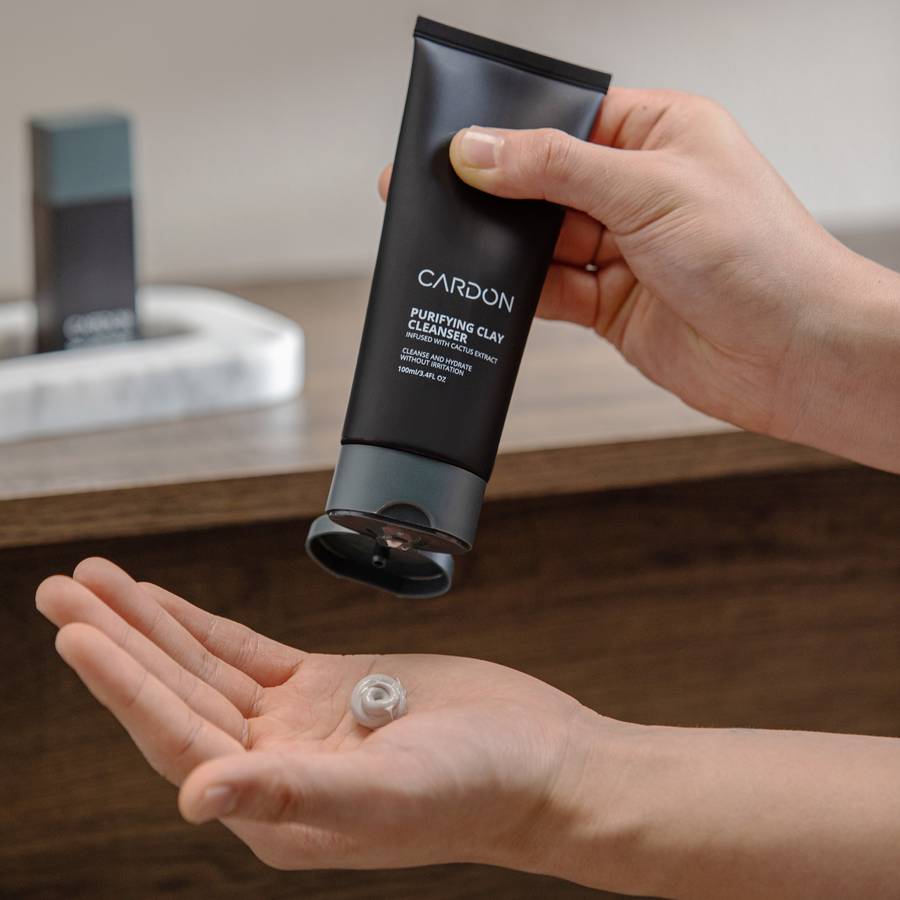
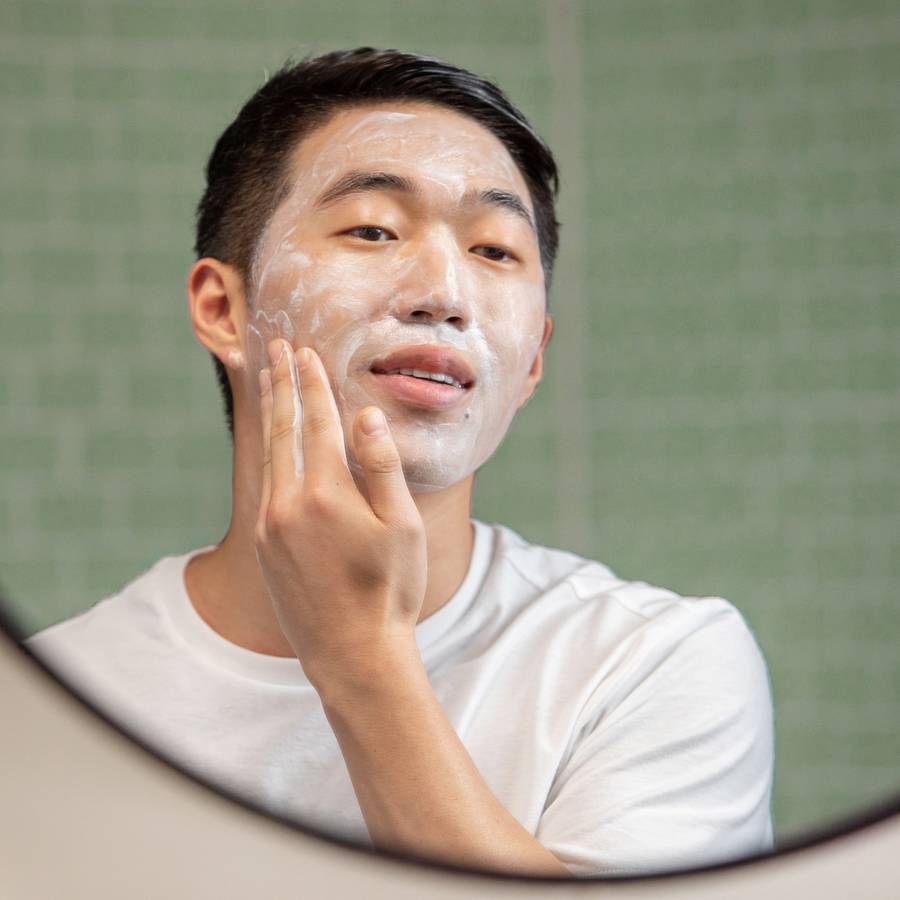
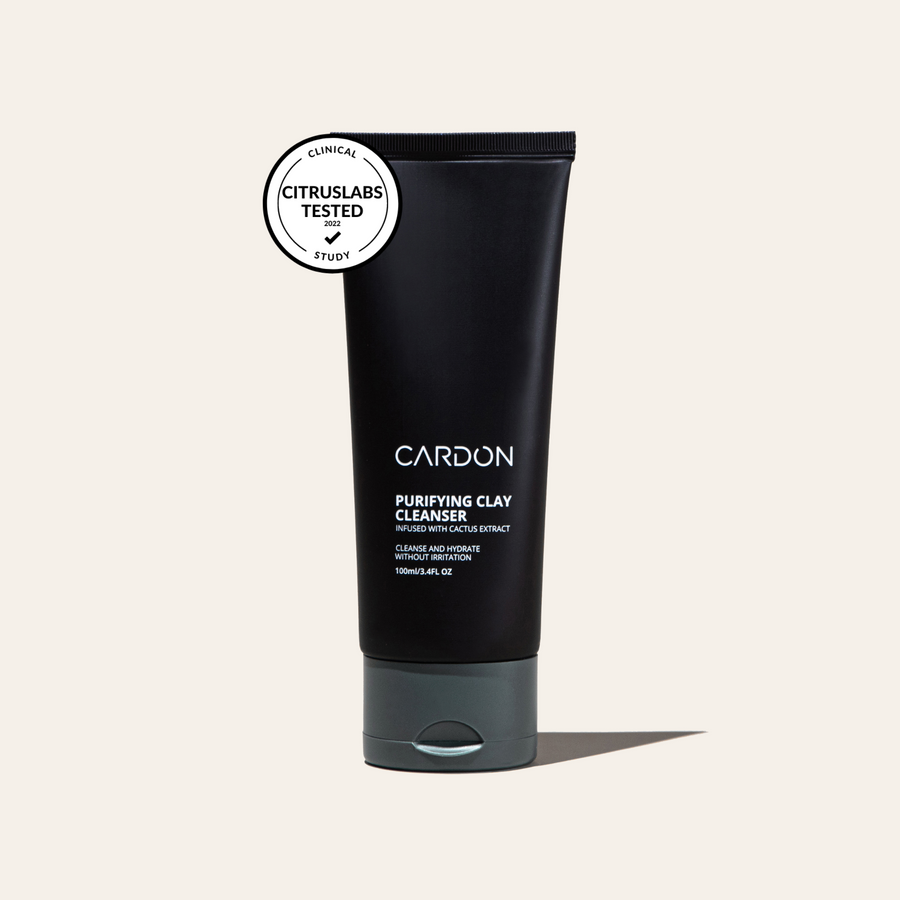
.png?v=1765476667968&options=w_900)
